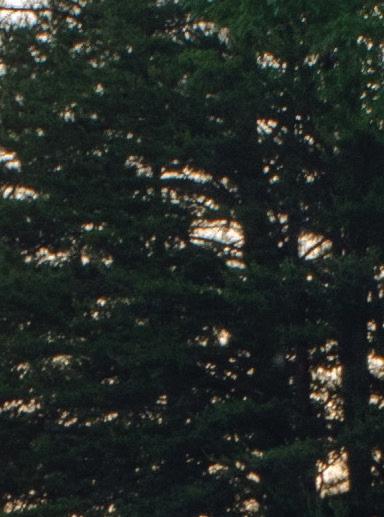


































































We’re going to let you in on a secret. Billionaires have billions because they know value is not increased by an in ated price. ey avoid big name markups, and aren’t swayed by ashy advertising. When you look on their wrist you’ll nd a classic timepiece, not a cry for attention–– because they know true value comes from keeping more money in their pocket. We agree with this thinking wholeheartedly. And, so do our two-and-a-half million clients. It’s time you got in on the secret too. e Jet-Setter Chronograph can go up against the best chronographs in the market, deliver more accuracy and style than the “luxury” brands, and all for far, far less. $1,150 is what the Jet-Setter Chronograph would cost you with nothing more than a di erent name on the face.


With over two million timepieces sold (and counting), we know a thing or two about creating watches people love. e Jet-Setter Chronograph gives you what you need to master time and keeps the super uous stu out of the equation. A classic in the looks department and a stainless steel power tool of construction, this is all the watch you need. And, then some. Your satisfaction is 100% guaranteed. Experience the Jet-Setter Chronograph for 30 days. If you’re not convinced you got excellence for less, send it back for a refund of the item price. Time is running out. Now that the secret’s out, we can’t guarantee this $29 chronograph will stick around long. Don’t overpay to be underwhelmed. Put a precision chronograph on your wrist for just $29 and laugh all the way to the bank. Call today!




 By Nick Carter
By Nick Carter
Winter is the best time to sh,” said Capt. Chris Cameron, “the only problem is the weather.”
Capt. Cameron is owner/operator of Fired Up Fishing Charters out of Cocoa Beach, Fla. He said it was tough to nd good weather windows this November and early December, but that o shore shing is primed to re o like a Space Coast rocket whenever conditions stabilize.
Winter on Florida’s Atlantic Coast can be spectacular because of all the migratory species that push down to overwinter in milder temperatures. King sh, cobia, black n tuna, sail sh and others are all hunting the reefs about 18 miles o Port Canaveral. e key to the shery is menhaden.
“ is time of year, you get these huge baitballs,” said Capt. Cameron, “and there are all these sh following the bait around. You nd sh where you nd ‘bunka’ congregating on the reefs.”
Cameron is a transplant from Long Island, New York, and even a er more than two decades living and shing Florida’s east coast, he still refers to menhaden as “bunka,” which is Yankee dialect for bunker, which is what they call pogies up where boats are winterized this time of year.
“On good days, when you can get o shore and the water is clean, we might catch a limit of kings, a couple cobia, a couple black ns and hopefully a sail sh,” Cameron said. Even with 2022’s tightening of cobia regs, that’s a fun and delicious mixed bag to ll the freezer.

At places like Pelican Reef and 8A Reef, where depths range from 75 to 85 feet, Cameron nds the bait and then goes to work slow trolling live baits on double-hook stinger rigs and 20-pound line and tackle. He said he pulls baits at about 1 knot, which allows them to swim along naturally.


“ e thing with slow trolling is you never know what you’re going to get,” said Cameron. “It could be a big king, a sail sh, a cobia or a shark.”
Pitch rods are kept ready in case a cobia shows up on the surface. Cameron said he’s learned from experience not to over-stimulate cruising cobia by throwing multiple lines at once. Usually, clients can convince cobia to bite with a one-two punch. ey keep a squid-tipped bucktail ready for a quick cast. If that doesn’t draw a strike, it allows time to slap a live bait on the second rig, which is a simple 5/0 circle hook.
Shrimp boats are another option Cameron seeks out this time of year. Although chasing them can be a bit of a time gamble, since they are usually 25 miles o shore over 200 feet of water, they can be extremely productive.
“If you see a shrimp boat o in the distance or spot one on the radar, it’s almost always worth a shot,” Cameron said. “When they dump their bycatch in the morning, it pulls everything up.”
Fishing shrimp boats can be short-lived, but
it can also provide fast action for the same species that come o the reef. For this bite, Cameron beefs up to 6500 spinning gear and 50-pound braid and 50-pound mono leaders. He keeps four pitch rods ready, two with bucktails and two with live baits, because the bite can turn into sight shing

in a hurry. Meanwhile, he’ll search with freelined pogies on a knocker rig.
Contact Capt. Chris Cameron and Fired Up Fishing Charters through their website at redupcharters.com.

Winter’s cold fronts consolidate wahoo to their preferred temperature ranges across their range. is makes them easier to target than at any other time of year. e following is a short list of very good destinations for wintertime wahoo.


San Salvador, Bahamas: Way out in the Atlantic in the southern Bahamas, the waters o San Salvador hold one of the best wahoo sheries in the world. Peak wahoo season is December through April, when hordes of ’hoos migrate to the area’s warm waters. e island might just be the

best place on the planet for a shot at a triple-digit wahoo, and the right conditions can yield fast action for 50-pounders, as well.

Within a short 10-mile run o the island, a seamount rises to 180 feet from 4,000 feet of water. is hump is a well-known feature, where wahoo congregate to feed on schools of small tuna. e remoteness of San Salvador keeps shing pressure in check, but it also makes this one of those bucketlist trips you plan ahead for.
Galveston, Texas: O shore humps out of Galveston, Texas also lay claim to some of the best wahoo shing in the world, and every winter anglers connect with giants. is shery, however, is reserved for anglers with the gumption to make 100-mile overnight runs to features like East and West Flower Gardens to catch the morning bite.
Windows of good weather and big, fast boats are a requirement to reach the shing grounds at the edge of the Continental shelf, where wahoo pile up with bait sh on steep depth changes of rock structure.
Murrell’s Inlet, South Carolina: O the South Carolina coast, cooling water temperatures con ne wahoo to the warm water at the edge of the Gulf Stream. is makes them much easier to target than when they are spread out in summer.
Depth changes and structure at the edge of the Continental Shelf, combined with warm 70 to 80 degree waters of the Gulf Stream can be found 50 or 60 miles o the coast. ese structures hold bait sh in the temperature range where wahoo are comfortable. Covering lots of water with high-speed spreads trolls up the best wahoo of the year, every year.
Venice, Lousiana: It seems everything o shore of Louisiana is about the oil rigs, and in wintertime the oil rigs are all about wahoo. e key to nding wahoo on the rigs is nding the right temperature range, and the magic number is 60 degrees. Wahoo congregate and feed around the rigs where there is bait and water temperatures of at least 60 degrees.
One of the great things about Venice is there are deep-water rigs relatively close to shore at just 15 or 20 miles, which means it’s possible to nd a good weather window and go. e Louisiana coast also boasts some of the best catch rates for wahoo in the world, and 50- to 60-pound sh are the norm.
The very best hunting knives possess a perfect balance of form and function. They’re carefully constructed from fine materials, but also have that little something extra to connect the owner with nature.

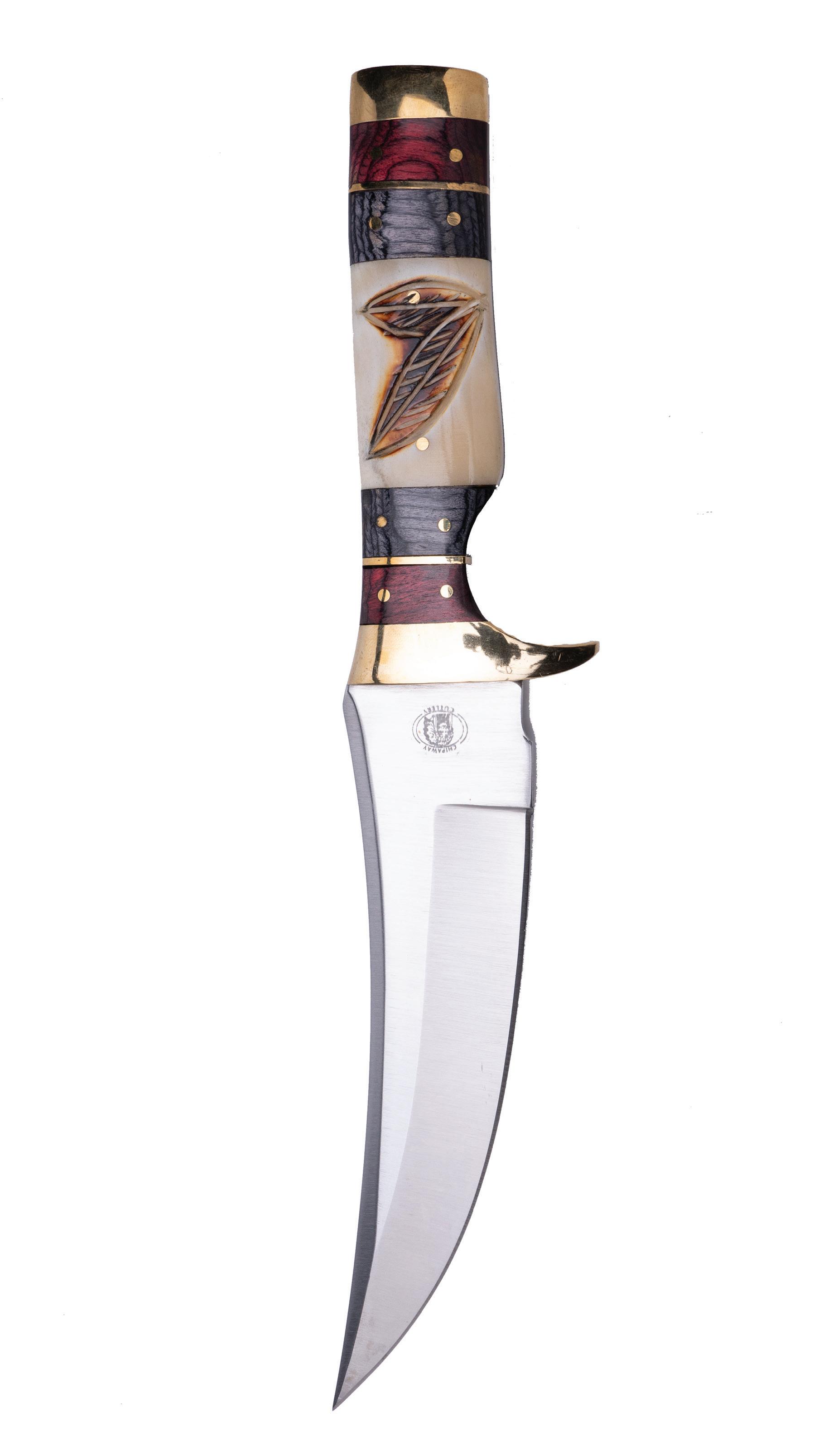
If you’re on the hunt for a knife that combines impeccable craftsmanship with a sense of wonder, the $79 Huntsman Blade is the trophy you’re looking for.
The blade is full tang, meaning it doesn’t stop at the handle but extends to the length of the grip for the ultimate in strength. The blade is made from 420 surgical steel, famed for its sharpness and its resistance to corrosion.


The handle is made from genuine natural bone, and features decorative wood spacers and a hand-carved motif of two overlapping feathers— a reminder for you to respect and connect with the natural world.
This fusion of substance and style can garner a high price tag out in the marketplace. In fact, we found full tang, stainless steel blades with bone handles in excess of $2,000. Well, that won’t cut it around here. We have mastered the hunt for the best deal, and in turn pass the spoils on to our customers.
But we don’t stop there. While supplies last, we’ll include a pair of $99 8x21 power compact binoculars and a genuine leather sheath FREE when you purchase the Huntsman Blade.

Your satisfaction is 100% guaranteed. Feel the knife in your hands, wear it on your hip, inspect the impeccable craftsmanship. If you don’t feel like we cut you a fair deal, send it back within 30 days for a complete refund of the item price.

Limited Reserves. A deal like this won’t last long. We have only 1120 Huntsman Blades for this ad only. Don’t let this beauty slip through your fingers. Call today!
“This knife is beautiful!” — J., La Crescent, MN
“The feel of this knife is unbelievable...this is an incredibly fine instrument.” — H., Arvada, CO

With grouper season over, it’s time to switch gears and concentrate on other species. is is the time of year to size down and go for the snappers. Depending on water temps, it’s also a good idea to keep a light line out for any pelagics that swim by.
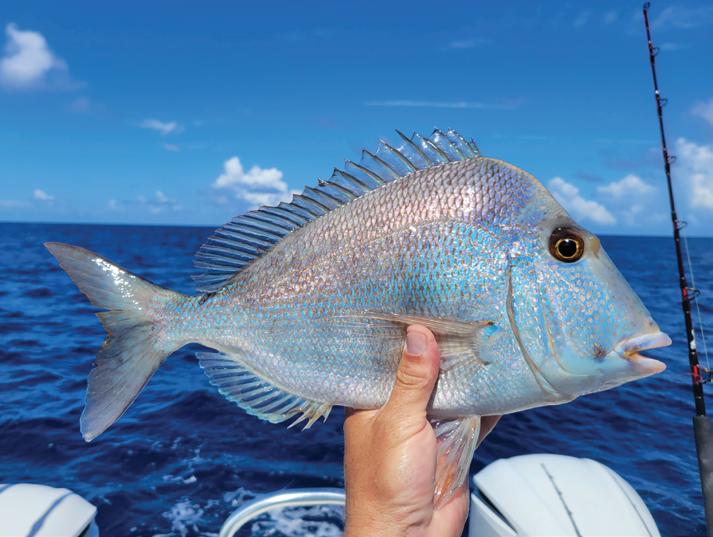

I love yellowtail and a mangrove snappers, but I really like jolt heads, trigger sh, pinkies, black seabass and hog snapper. I treat bottom shing like I’m going (organic) grocery shopping. First and foremost, I don’t shop on every aisle of the grocery store. I go down the aisles that contain the items I really want. e best groceries come from di erent places on the bottom and from di erent depths.
Farther north up the Atlantic coast there are a lot of beeliners (vermilion snapper) taking the place of yellowtails. In this mix will be trigger sh, which I absolutely love! Beeliners and trigger sh have one thing in common: the largest ones of the school stay higher in the water column. is is why I like to sh a level-wind reel versus a spinning reel with small circle hooks for this style of snapper shing. I start dropping one “strip” of the reel
at a time until I get down to the sh. A “strip” is the distance of raising the rod up with your thumb o the spool, and putting your thumb back on the spool. Simply let your thumb o the spool and let it fall in 10-foot “strips” while raising the rod tip upwards. Count the strips it takes to get down to the bites. Four strips will be approximately 40 feet deep. Note where you feel the rst bite. is will usually be the largest triggers and beeliners in the school. If you stop getting bites or you’re only catching smaller sh, let this same tackle go deeper or all the way to the bottom. is is where you’ll catch the jolt heads, black sea bass, mangroves and hogs.
I use a two-hook “chicken rig” made of 50-pound uoro with small circle hooks and a 3-ounce bank sinker. I bait it with small pieces of squid. A small 2- or 3-ounce jig works with the same tackle as the weight instead of a bank sinker. is is especially e ective on large triggers. Just replace the treble hooks or single


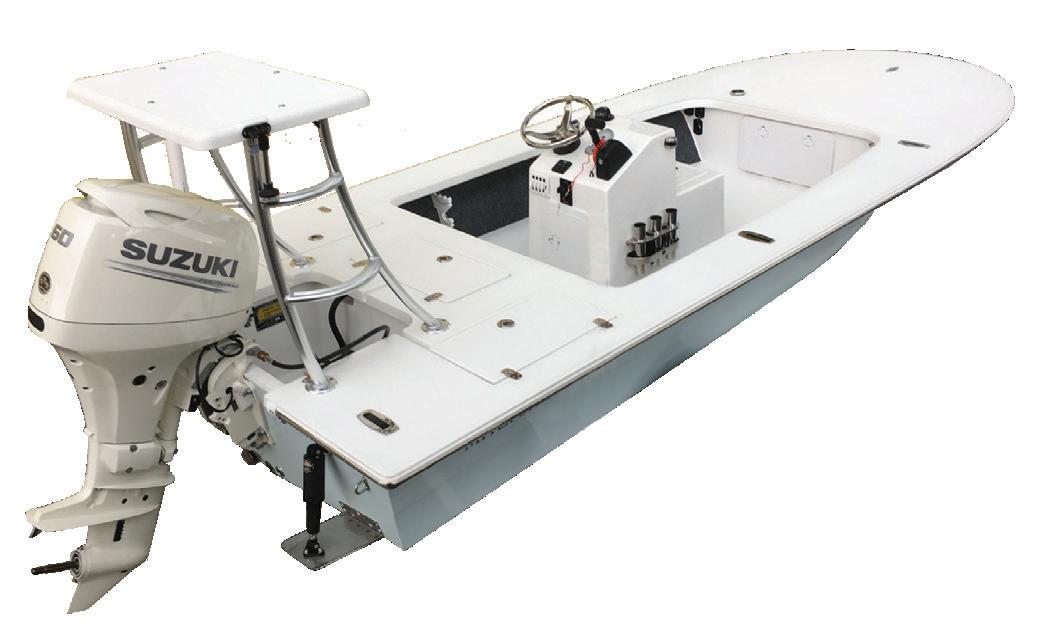
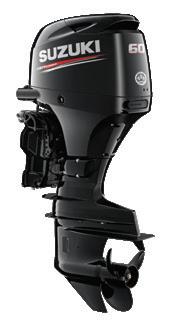



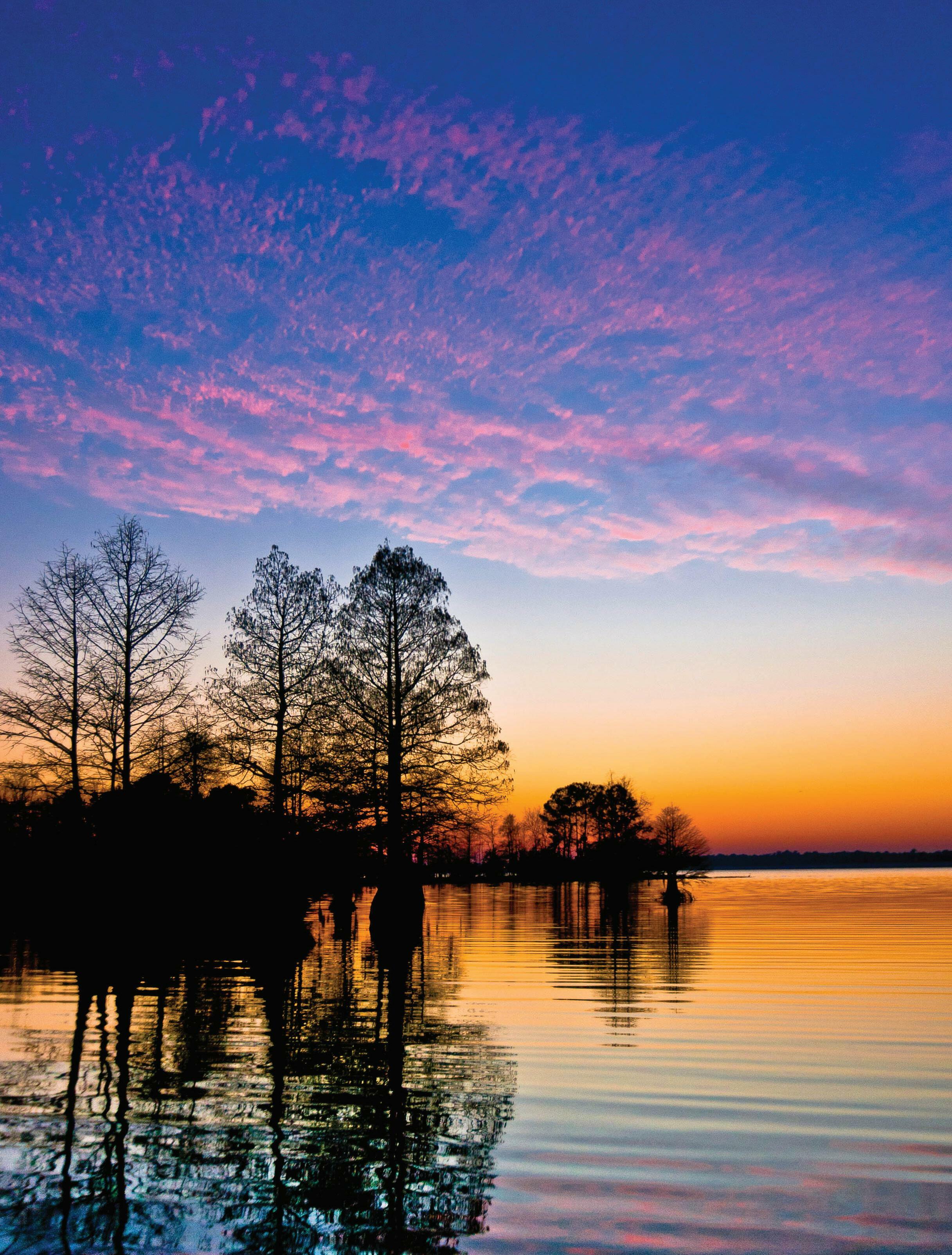
J hooks on the back of the jig with small circle hooks and tip with a small piece of squid.
I could go on and on about this style of shing. e limits are pretty good and the reward comes at the table. It is a good time of year to take youngsters out, because this style of shing produces lots of action, and it’s not heavy-duty grouper shing. Little ones love a trip to the “organic grocery store.”
See more from Tim Barefoot at www.barefootcatsandtackle.com and check out a video explaining this style of shing at https://bit.ly/3YcVzV1.



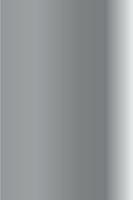





Wprivileged to guide clients there. We have broken many personal bests, and I get goosebumps every morning I launch the boat because I know the quality of sh.
Headwaters Lake is a 10,000-acre manmade lake in Indian River County adjacent to the well-known Stick Marsh and Farm 13. Prior to ooding the land, the FWC and the St. Johns River Management District created habitat with numerous underwater structures, ooded timber, vegetation and 30-foot-deep pits. ere were already existing ponds and pits on the property that contained resident bass, and nearly a million Florida strain bass were stocked along with bluegill, redear sun sh and crappie. ere are thousands of acres of submerged vegetation, mostly hydrilla, along with acres of cattails, spatterdock pads and hyacinth mats that are super fun to sh.
In central Florida, January and February are primetime, when bass are in full prespawn mode and waves of females move up to the ats to spawn. Air and water temperatures drop considerably a er cold fronts. Severe cold fronts a ect the ckle Florida strain bass, but not for long. Usually two days post front, conditions warm up and sh eat well again. ese weather changes transition bass and bait sh from summer patterns into fall and winter staging areas. ey feed heavily on shad and other forage and stage near the spawning ats.
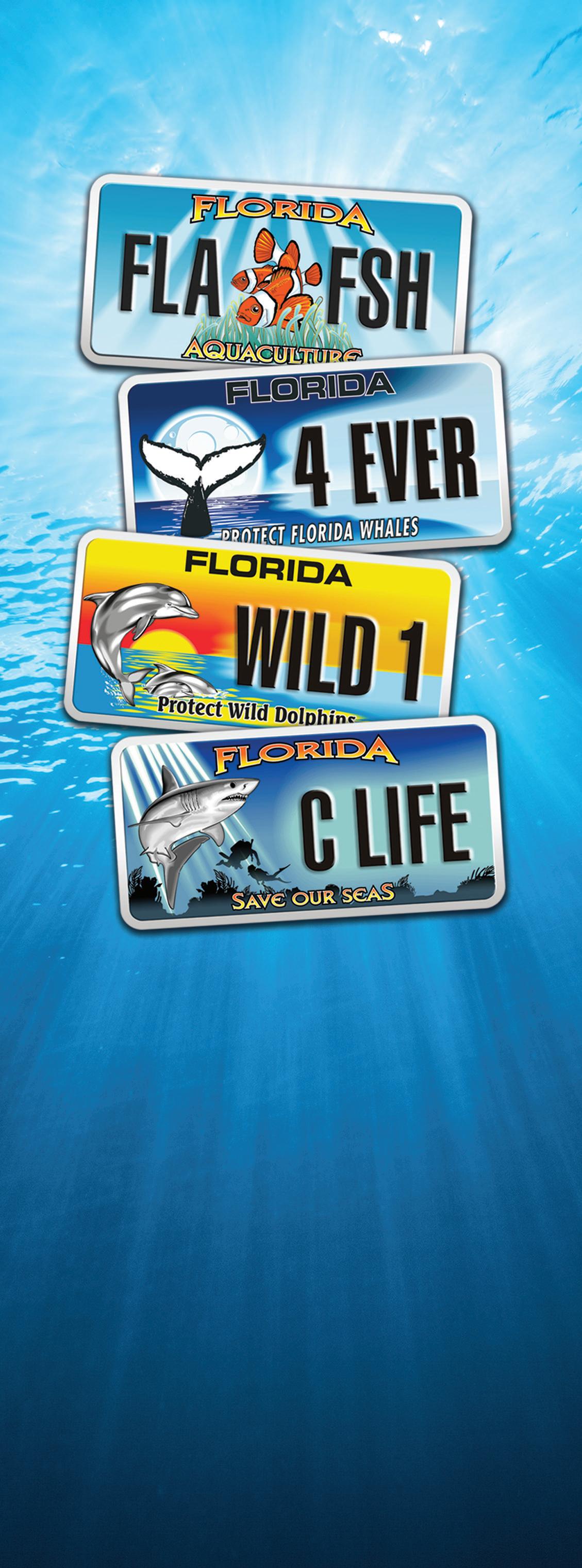

When full moons and 60-degree water temps coincide, bass move onto the ats. ey spawn in waves. Spawning sh select isolated hydrilla clumps, reeds and the bases of pad stems to fan out beds. Hard sand bottom is key. Use sonar to locate hard bottom or stick your rod tip into the water to feel the bottom. If your rod tip pushes into mud, keep moving until you nd sand and then search for isolated cover.

My other primary focus is staging areas. Staging sh eat well and are plump as they congregate to wait for prime conditions to move up and spawn. New sh constantly come and go using the same areas, so they are extremely productive this time of year.
Ditches and canals on Headwaters are highways that bass and bait sh utilize to stage. e intersections and mouths of these canals are high percentage areas to locate schools of sh. Find a canal with nearby ats as well as pits or deeper water for bass to retreat to, and you will nd sh. ey stage on tapering drop o s, mouths of intersections, deep ditches and on main-lake points to ambush bait. I target staging sh with 6- to 8-inch paddletails, glidebaits, Rat-L-Traps, jerkbaits, chatterbaits, prop baits, Whopper Ploppers, spinnerbaits, stick worms and speed worms.
Contact Capt. Ricky Congero through his website at www.blackcloud shing.com or call him at (407) 693-6153.

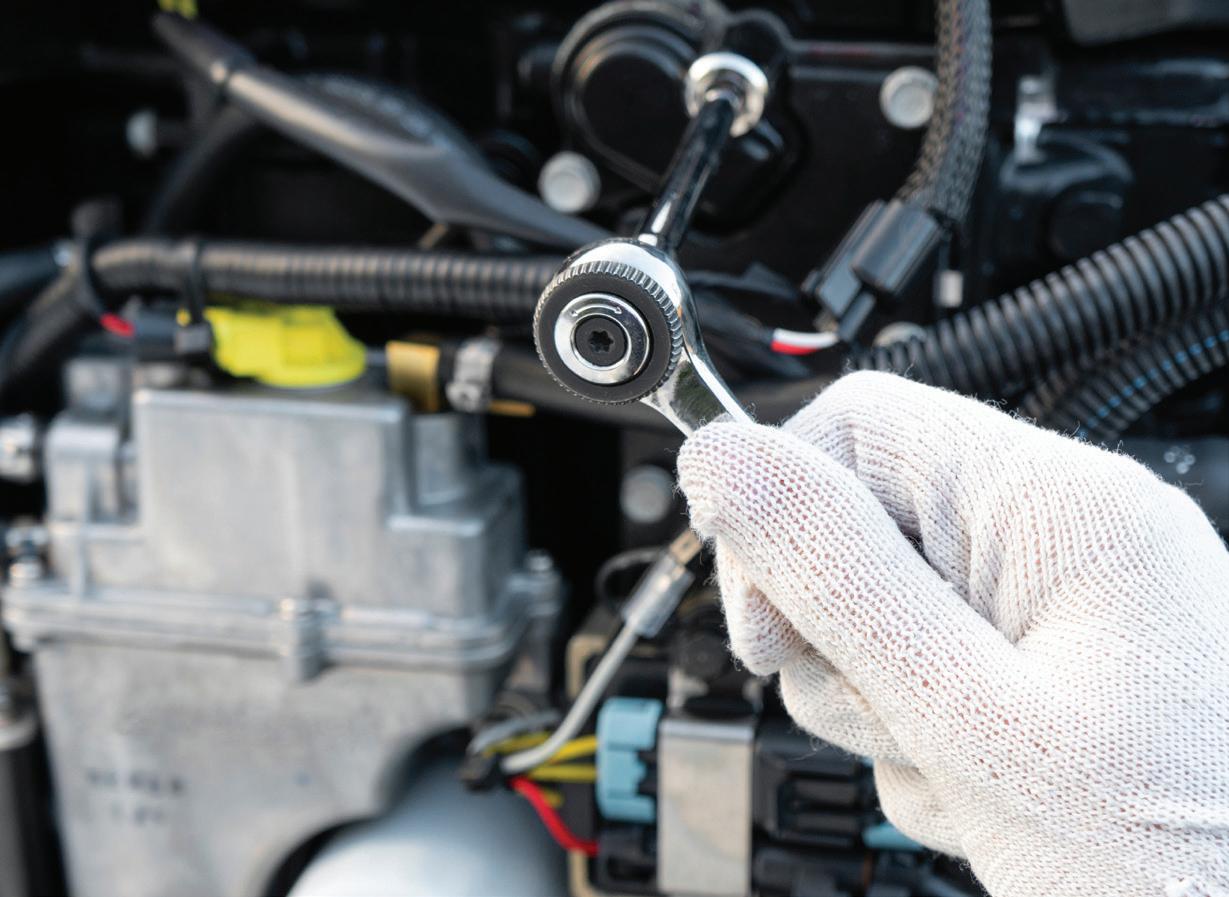
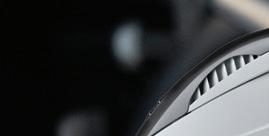






Technical schools charge tens-of-thousands in tuition. With the Mastry Suzuki RePower TTP (Technician Training Program), you will work with and learn from factory certified technicians and participating in the Suzuki on-line training course all while earning an hourly wage. After completing the Suzuki on-line training course and earning your Suzuki Certification you will be eligible for the Mastry Suzuki RePower Tenured Technicians Bonus Program.



Suzuki RePower Tenured Technicians





After joining a Mastry Suzuki RePower Center as a certified technician, every month you will accrue $1,000 in bonus opportunity. After one full year of service you will be tenured and eligible to receive all 12 months of accrued bonuses, or $12,000.


As a Mastry Suzuki RePower Tenured Technician along with your regular pay, each month you will be eligible for a $1,000 additional bonus.


At every Mastry Suzuki RePower Center, Certified Technicians are held in the highest regard. Join a passionate team of professionals with the common goal of excellence through constant improvement. With 12 locations across Florida there is a Mastry Suzuki RePower Center near you that wants to appreciate you and your abilities.

Mastry Engine Center
Clearwater, Florida 800-545-4574
Twin Screws Marine Fort Myers, Florida 239-330-3387


Innovation Marine Corp. Sarasota, Florida 941-355-7852




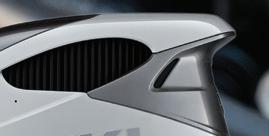
Marina One Deerfield Beach, Florida 954-421-2500
Bayfront Yacht Works Sarasota, Florida 941-349-9449
On Site Marine Ruskin, Florida 813-727-5403
Boat Services Group Key West, Florida 305-320-0555
McKenzie Marine St. Augustine, FL 32084 904-770-2488

Lou’s Marine, Inc. Gulf Breeze, Florida 850-932-0701
Atlantic Marine Store Hialeah, Florida 305-826-2202
Custom Marine Service Panama City, FL 850-872-9191



Oyster City Suzuki Apalachicola, Florida 850-653-8030


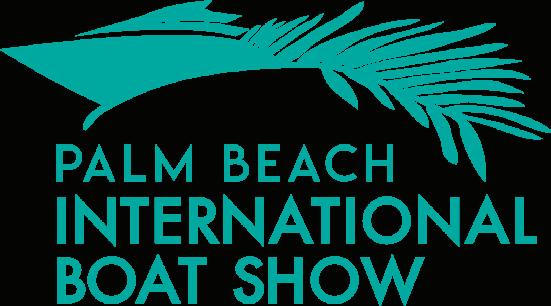

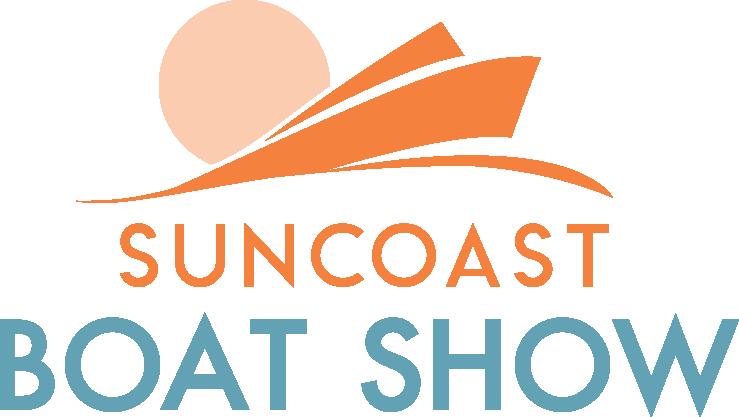



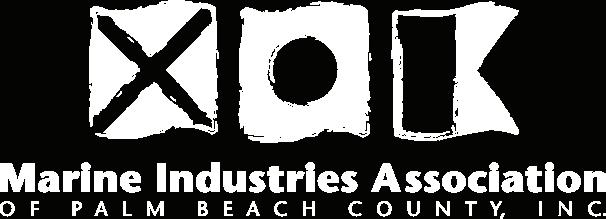


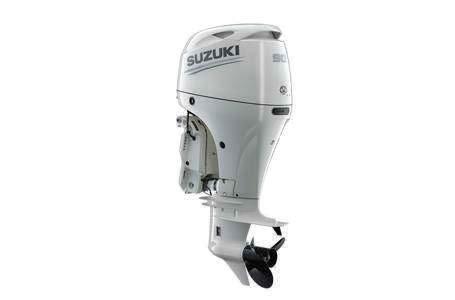


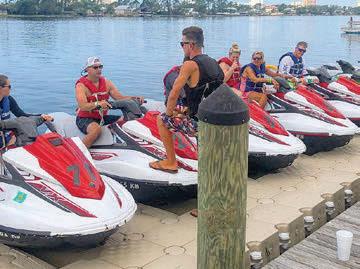


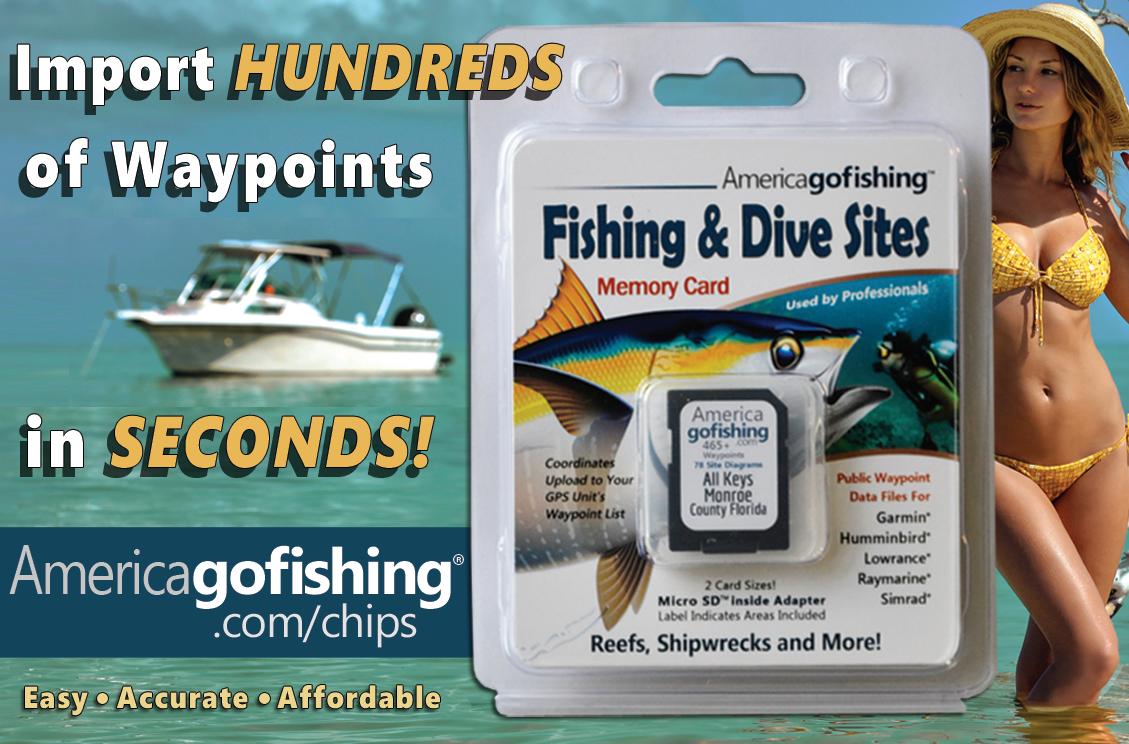
The FWC banned recreational harvest of Atlantic short n mako sharks by setting the recreational bag limit at zero during its Nov. 30-Dec. 1 commission meeting. e previous bag limit for recreational anglers was one mako per angler per day, with a limit of two sharks per boat. In a press release, FWC indicated the rule would make regulations in Florida waters consistent with federal regulations and address over shing of short n makos in support of U.S. and international e orts to manage the species. Commercial harvest of short n mako is already prohibited in state and federal waters.
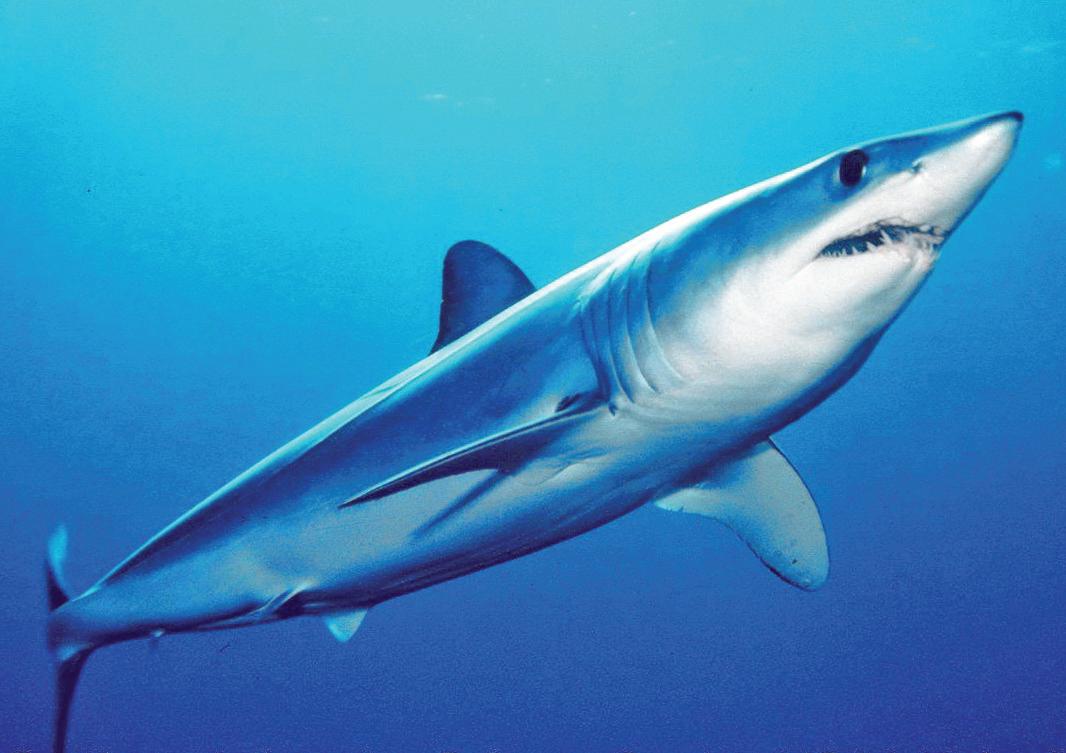
For more information, visit MyFWC.com.








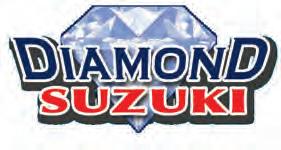


Pompano fishing reaches the Space Coast with a flurry at last.


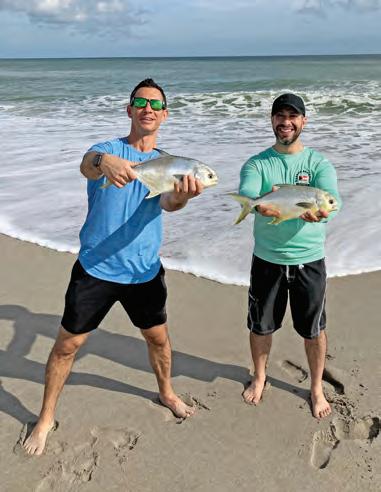
The moment we’ve been waiting for, Florida surf fishing anglers anticipating the annual pompano migration can rejoice. The recent reports have had mixed results, but those in the know have been striking it big! Bait, rigs, location and tides hold the key to success (or failure) in targeting pompano. For this reason, we encourage all seasoned and new coming surf fishing anglers to brush up on their skills and put themselves in a position for success.
Although pompano remain the highlight of our Space Coast surf fishery, there’s been plenty other species perusing the surf. Bluefish continue to feed furiously in waves of fish biting anything from cut bait to lures and anything in between. When bluefish are fired up in the first and second trough, it seems you can’t keep them off the line. If bluefish are your intended species, then be sure to use flashy pompano rigs or throw Gotcha lures and spoons with a rapid retrieval for best results.
In spite of the bluefish flurries, there’s also jack crevalle, black drum and ladyfish in the mix. These species are all being caught on similar rigs. Custom tied pompano rigs with floats and beads in various renditions prove the most successful. Adding small pieces of Fishbites in the chartreuse and electric chicken colors with flavors pertaining of clam, crab and shrimp seem to work the best. Knowing this, we love to teach our clients how to tie these custom rigs. Store-bought rigs are useful, but lack the capability to target specific patterns for detailed fisherman looking to catch exponentially more fish than others.
Certainly, with all this life about, the sharks are in no short supply. Blacktip sharks taking fresh cut bait in the first and second trough prove quite the battle for most shore bound anglers. Heavy drag makes the battle quick work, albeit some back breaking action when you really put the hammer down to get their heads turned. Cocoa Beach Surf Fishing’s shark fishing charters are a great way to experience the thrill of catching a shark near Cocoa Beach or Melbourne Beach—especially if you want to learn the process of safely catching, landing and handling a safe release on these apex
With the holiday season winding down and the pompano season upon us, be sure to be up to speed on the fishery. For this reason we are offering another surf fishing seminar on Saturday, January 7, 2023. Having such a good turnout for the previous seminars and so many happy clients we decided it’s time for another. We’ll be going over everything it takes—from start to finish—to successfully catch fish in the surf, specifically targeting techniques revolved around catching pompano, whiting, black drum and bluefish in the surf. We’ll also be covering how to read the beach, weather forecasting, tying pompano rigs, best equipment, one-on-one surf casting lessons and so much more. This once-a-month, four-hour surf fishing seminar is held on the beach and includes everything an individual participant needs. There’s only 8 spots left available and the price is $150 per individual. Be sure to book your spot so you don’t miss this chance to take your surf fishing game

CAPT. LUKAS BRICKWEG Cocoa Beach Surf Fishing Charters cocoabeachsurffishingcharters.com (321) 205-4672





PORT CANAVERAL: The colder water temps we usually experience this month bring good “action fishing” to the waters just outside of the Port. Bluefish should be the main species anglers are likely to encounter. These ambitious fish will hit fast moving 1/4- to 1/2-ounce bucktail or plastic-tailed jigs. Krocodile-style spoons can also be cast or trolled for bluefish. One of my favorite lures is a lipped diving plug; the size 08 or 10 Rapala X-Rap Minnow. These can also be cast or trolled with good success. For those days when
the fish do not feel like chasing a fast-moving lure, anglers can use live shrimp on a split shot or small egg sinker rig. Other species that will strike your live shrimp this month are whiting, pompano, black drum and weakfish. Look for the whiting and pompano along the surf break, and the weakfish and black drum on the ships channel buoys, or near-shore wrecks like the Mohican just north of the ships channel. There should also be a good sheepshead bite around the jetty rocks and dock pilings within the confines of the Port itself. Small crabs, shrimp and sand fleas usually get them to respond. “Goofy” style pompano jigs also work very well on many of the species that are hanging around the port this month.
BANANA RIVER LAGOON: Deeper canals and dredge holes in Merritt Island, Cocoa Beach and Satellite Beach are excellent places to start your search for redfish, speckled trout and black drum on the cooler mornings we can expect this month. The cold overnight temperatures can often concentrate these fish species into the deeper, more stable waters located in these canals. Live shrimp are the number one choice for bait anglers fishing here. You may also find good action when using lures like a small 1/8-ounce bucktail or nylon hair jig. White, chartreuse, brown or black colored jigs are best. The bucktail jigs typically have better action in the water. The deer hair “flows” and moves

in a more enticing fashion when the water is cold. Combine this action with Bang! or Pro-Cure scent products and you may not need to put a shrimp on a hook all day. Whiting, silver trout, sand trout, weakfish and sheepshead are other species that anglers are likely to catch this month while fishing these deeper areas. If we get a few days of warm weather between fronts, look for the redfish to push out onto the shallow flats adjacent to these holes and channels to sun themselves and forage for shrimps, crabs and small bait fish along many of the mangrove-covered shorelines bordering the Banana River Lagoon this month.

Until next time…Catch a Memory!!!!!
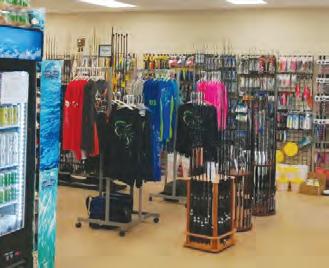

CAPT. JIM ROSS

Fineline Fishing Charters www.FinelineFishingCharters.com (321) 636-3728



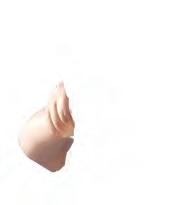

Winter pre-spawn has to be one the favorite times for bass fisherman here in Central Florida. Winter in Central and South Florida is usually mild, and the largemouth start preparing for the upcoming spawns. Fishing, at times, can be challenging when searching for the fish on their pre-spawn holding area. Bass this time of the year are coming out of their transient Fall patterns, and the key to finding them is finding the schools of baitfish. Fishing on the edges of old canals and depressions in the bottom where the
depth varies several feet and lays next to spawning flats are a good place to start. One of my favorite baits this time of the year is worms retrieved slowly. But don’t be afraid to cast swimbaits, suspending jerk baits or a rattle-trap- style lure as any of these will work at given times.
Another guaranteed day of fishing fun at pre spawn is to check the pump houses; if they are pumping water into the lake, then the fish will be there in numbers along with the baitfish. This is pretty much a guarantee to catch a lot of fish, and as the month progresses so does the weight of the fish. They gorge themselves on the baitfish and really bulk up. When they are feeding at the
pump houses, they pretty much eat anything presented to them. These are the opportune times to introduce kids and adults who are new to bass fishing to the sport.

If you’re looking for a trophy largemouth, then the months of January and February are going to be the best times to find those heavy pre spawn fish. Remember to always handle these pre spawn fish with care, get a weight, snap a photo and get her back in the water as quickly as possible. So, get out there and get in on the action, take a family or friend who’s never been and get them hooked!
“Keep Those Poles Bent and Those Reels Cranking!”


Hey there, angler, and Happy New Year 2023! So begins a new season of Pro Tip articles for Central Florida’s Coastal Angler Magazine. My name is Capt. Jonathan Moss. I am a full-time guide here in Central Florida specializing in inshore fishing in our three major lagoons (Mosquito, Indian and Banana), as well as bass fishing in Orlando. Additionally, I host the fishing TV show, The Captain’s Log which streams for free on Waypoint TV. In case you are not familiar with Waypoint TV, it is the world’s largest outdoors streaming service, and it is completely free for you to download on any device. There is a ton of fishing content for you to watch, so please check it out. For this month’s Pro Tip, I would like to talk about an easy way for anglers to help the water quality in our lagoons. Our water problem is complex with several different issues, most of which can easily be fixed with billions of dollars. I, unfortunately, do not have that kind of money, so what can I do to help? We have discussed here before about picking up trash on and around the water. In past articles, I have challenged you to limit single-use plastics, to be mindful of your used tackle and how to properly dispose of used fishing lines. Those are all important and simple tips we can apply any time we are on or around the water. Today, however, I want to talk about three chemicals: phthalates, triclosan, and phosphates. These three chemicals are found in almost every household cleaning product and most personal hygiene products. They are not only unsafe for humans, but they are terrible for our waterways. You see, when products that contain these chemicals are used a few things can happen. First, they are either improperly disposed of and work their way through the soil or landfill into our waterways. And, second, they are poured down the drain and flushed through our wastewater management system which cannot filter out all chemicals and therefore, again, works its way into our waterways. This is a lose-lose for all of us, regardless if you are an angler or not. So what can we do? Simply make the switch to clean, natural cleaning supplies and personal hygiene products. Companies like Molly Suds, CleanCult, Force of Nature, Branch Basics and Everyone for Every Body make products that are not only better for humans, but also our environment (and
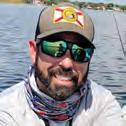
there are so many other great companies that produce clean and effective products). Even simpler still: vinegar and baking soda makes an incredibly cheap household cleaner. And listen, I am pretty frugal. So when my wife suggested we make the switch, I was willing, but nervous about the cost. Honestly, the products we switched to are very affordable, especially when you make the changes gradually instead of all at once. I’ll have you know that she didn’t just let me take her word for it; she insisted I did the research on these chemicals and their harmful effects. I was truly of the belief that these big name brands would not put harmful chemicals in our everyday products, but I was wrong. Now, not only are we bathing, cleaning our home and washing our dishes and laundry in clean, chemical-free products, we are also protecting our estuaries. This all with minimal damage to our wallets. Truly a win-win.
Don’t just take my word for it. Check the labels around your home and see for yourself. Together, we can all make a huge difference with a few small changes. Many hands truly do make light work.

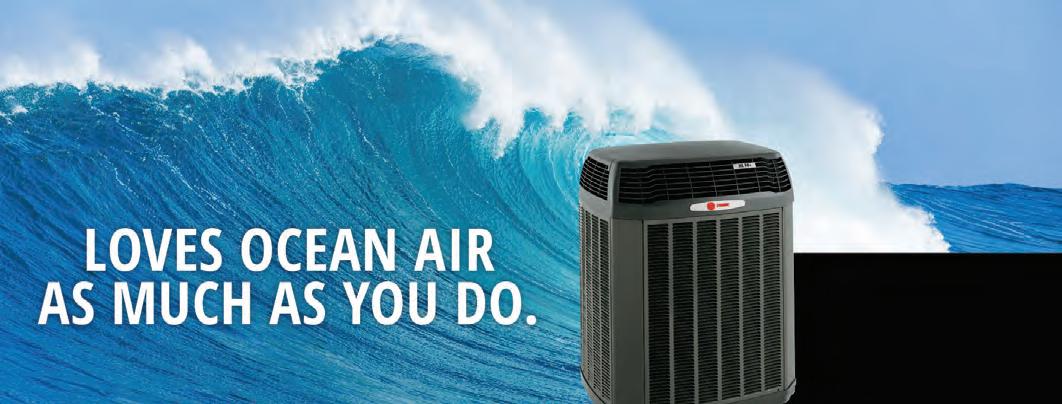

Tight lines,

CAPT. JONATHAN MOSS
Go Castaway Fishing Charters


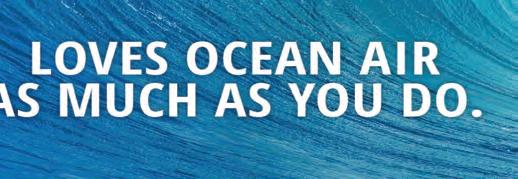

www.gocastaway.com www.thecaptainslogtv.com (407) 760-8593



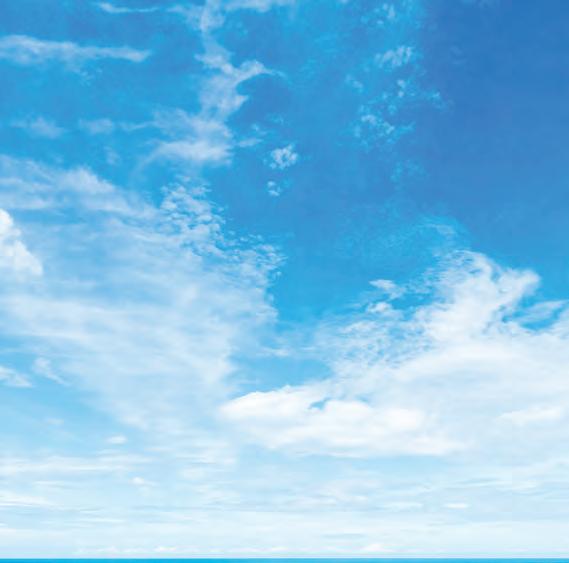
January is normally our coldest month of the year, but the cold fronts will fire up the fishing along the beaches and in Sebastian Inlet, but will generally slow things down in the lagoon due to water temps dropping quickly. If the weather stays warm, the snook and redfish will stay active in the inlet and the lagoon bite will be good, too.



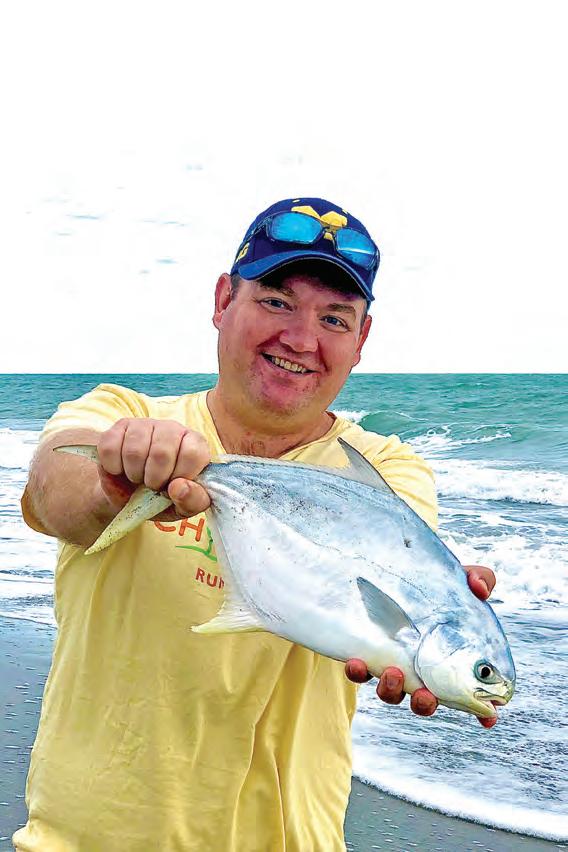

The colder temps clean the water in the Indian River Lagoon quite a bit and the fish will become lethargic. The trout will move to deeper water and even into the inlet to get the bait flushing out along with warmer water. Long casts are the key to success in the Indian River Lagoon as the fish are wary due to the visibility. No need to get out early as the bite is better when the water warms up; we normally fish around the tides.
Anglers fishing the jettys and drifting the inlet on the outgoing tide in the evenings during or after a strong NE coldfront should have steady action with snook, jacks, bluefish, sharks and tarpon. Lures like the Rapala X-Rap 14 and the Long Cast 14 are great plugs to fish from the jetties as well as from the rocks along the west side of the bridge, along with bucktails. Anglers drifting live bait between the fenders will have plenty of snook action as well as some redfish and tarpon. The flounder will still be in the inlet and anglers can catch them from shore and boat with live bait or 1/2- 3/4-ounce jigs with strip baits or soft plastics like the D.O.A. Paddletails or 4” jerkbaits.
If we don’t get much rain and the locks stay closed, the trout, drum and redfish will move into the Sebastian River, Crane Creek and Turkey Creek. Live shrimp and finger mullet are great live baits, or you can fish the Rapala X-Rap 10 or Shadow Rap Shad around docks and oyster bars to catch some very nice trout as well as snook, jacks, ladyfish and the occasional redfish or tarpon.







January marks the beginning of a new year and the start of some great winter fishing! One of my favorite fish to target in January is sheepshead. I love catching them, and eating them as well. I typically will catch my share on charters for customers to enjoy while also freezing quite a bit for spring and summer fish frys as this is one excellent fish for table fare. Catching these guys can be tricky, but once you get the hang of it you will score your fair share. I like to use smaller j hooks for these guys like a #1 or smaller jig heads. If I am using a hook, I like to do a fish finder rig with a short leader (approx. 12 inches or less) with as light at a weight I can get away with to touch bottom. These fish tend to have a lighter bite and sometimes I will even see the line moving before I even feel the bite. By using the j hook you can get a good set and jam the hook through their hard palate of teeth. I also like using jig heads, preferably specific jig heads called “Bridge Donkeys” that come with fixed hooks to the lead head or they have hooks that rotate on an eye directly attached to the lead. By using these types of jig heads you can avoid the leader attached to a swivel so there is less chance of not seeing the fish. I’ve seen people tying braid direct to the jig head with success, but I prefer to tie line-to-line with a 15 lb. leader to up my bite ratio. As far as bait, I prefer fiddler crabs or sand fleas, but unfortunately they have been tough to get with the recent storms we encountered this fall. A good go to when you cannot get either is fresh dead shrimp broken in half. I also have mentioned another trick before, and that is using a small piece of sand flea or fiddle crab flavored Fishbites on the hook along with your bait. It’s much harder for the fish to get off the hook and will usually make the fish bite again once the actual bait is stolen.
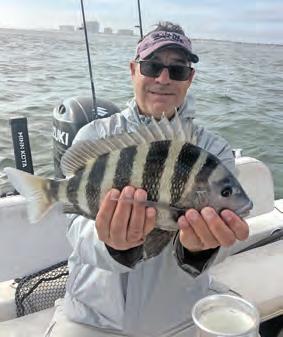
Another type of fishing I love in the winter is searching the flats for redfish that tend to school up in the shallows as the morning and day goes on. With cooler water temps, these fish tend to sun themselves and feed in the shallower water since it heats up faster, making them more active. Live bait will work, such as freelined casted shrimp to fish, but I prefer soft plastics for this type of fishing. It’s probably my favorite type of fishing: sight casting at these fish tailing or pushing water.
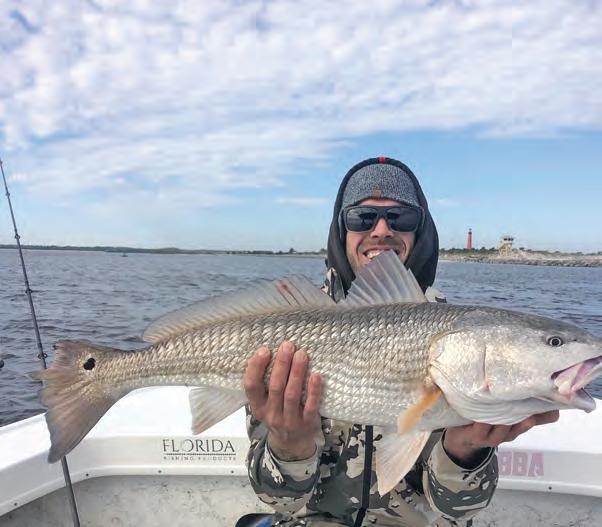
I hope everyone finds a nice day to get out fishing to start the year. If you’d like to learn more about these fishing techniques stop by our shop “Yellow Dawg Bait & Tackle” in Ormond at 35 High Bridge Road for some advice and tackle. As always if you see us on the water don’t forget to say Hello!



CAPT. JAMIE THRAPPAS Yellow Dawg Fishing www.yellowdawgfishing.com (386) 366-3424
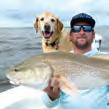
Welcome to 2023!


New Year’s is my favorite holiday as it begins all the different fishing seasons and patterns of the year to come. January can bring the coldest air and water temperatures of the season. Cold means clearer water. In the Edgewater Backcountry drop live shrimp, small live finger mullet, mud minnow, or a 1/16- or 1/8-oz. jig head with a small, light-colored tail to the bottom of holes and channels. Trout, reds, snook, drum, sheepshead or mangrove snapper may be in the deep spots. On mild, sunny days these same fish will come up to the tops of the dropoffs and surrounding areas with oyster edges, flats, and creeks which will warm up a bit during the days sunshine. Fish slowly, as cold fish will be sluggish, and scan the clear water with your polarized sunglasses searching for signs of fish. Winter fish that will not be sluggish are bluefish, which are found all through the backcountry, ICW channel, bridges, inlet and surf. If they are swimming, they are eating. Freelined live shrimp, cut bait and small, darting, flashy lures are best. Bluefish are great fly fishing targets as they are not picky, eager to attack and their sharp teeth mean a little heavier floro leader. You may want to use lures or flies which are already scarred up because they will be abused by the “Toothy Blues.”
Sheepshead are always a winter target. Fiddler
crabs are the best bait, followed by small live or peeled shrimp. The best places to fish are bridge or dock pilings and the Ponce Inlet jetty rocks. Serious sheepy fishers will chum their spot by scraping barnacles off the pilings or dropping cracked oysters to the bottom. Use a smaller sharp hook as they have a small hard mouth. Use just enough weight to hold your bait close the pilings, keeping your rig as stealthy as possible in the clear water.




Starting time for a winter fishing trip does not have to be that early. During a mild period, sunrise

or just after is a good time to begin, but on the coldest mornings, waiting until the sun has been up an hour or two can be a good choice, and midday into the afternoon is good, giving the fish a little time with some sun on their backs to warm up a bit. On a nice sunny day, late morning into the afternoon can be the best time to hunt reds and trout on the flats of the backcountry and Mosquito Lagoon, after the shallow water has warmed a couple degrees. Fish dark bottom, oyster bars and sand spots. Tail-hooked select size shrimp, small live finger mullet and mud minnows are good baits for the cold shallows. A small-sized, light-color soft plastic or Gulp bait is a good choice for artificial, always fished very slow in cold water.
Black drum (also a winter target) can be at the bottom of deep holes and channels, Ponce Inlet jetty rocks, and Haulover Canal. Shallow water schools of drum also can be found in southern Mosquito Lagoon. Best baits for them are blue crab and shrimp. Please consider photo and release on the larger “breeder size” black drum to keep the baby drum coming our way for years to come.
Ring in the New Year and welcome what January gives us. By that I mean cold, windy fronts that come and go very frequently. It’s now time to adjust your techniques.

January can be our coldest month, and along with the cold it can bring us clear water to where we need to adjust our baits. The fish become sluggish in cold water, therefore we must work our baits slowly and use smaller baits such as a three inch Z-Man paddle tail and a Yo-Zuri 3.5inch floating minnow.

There are some good attributes about January, such as sleeping in longer. When the water is cold the fish have a tendency to wait for the sun to heat the water and then they move into the shallows to the warmer water. Mud flats warm quicker, and during late morning and afternoon you can find schools of reds. When you come across schools be very stealthy and position yourself ahead of the fish by letting them come to you.
Sheepshead are active this time of the year and they will be around structure such as bridges, stumps, tree limbs in the water and docks. Baits for these fish are fiddler crabs, sand fleas and small shrimp.
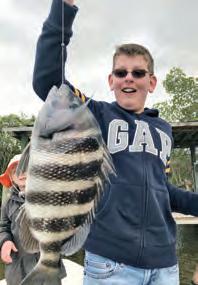
Black drum and trout are also active. Fish the black drum in deep holes up river and docks and bridges. Fish the bottom with shrimp, mud minnows and finger mullet. About a hour before sunset work the basin shoreline and oyster beds with the Yo-Zuri floater slowly.




Needless to say, dress warmly.
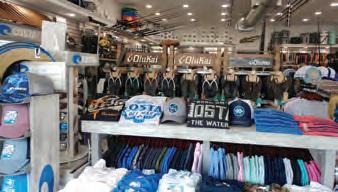



Like the old angler said, “I got fishing poles like a girl’s got clothes!”
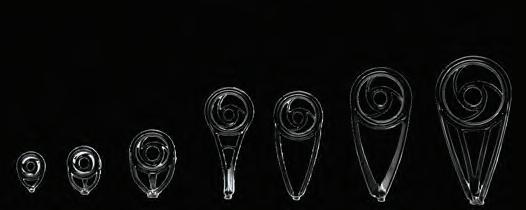


It’s finally turned on, just for a few minutes, anyway. Hurricane Nicole put an end to that for a while, besides wrecking our little town, Wilbur By the Sea.
Massive trucks and cranes of all types are on the beach now, trying to save these houses. Lots of sand and seawalls being added to the bottom area by the waves, with debris of every kind.
After a few days it cleared up and pompano came. Whether they were driven out of the river into the ocean or not, because the main mass of them has not shown up; they’re still north.
The day after Nicole, a huge king tide came in and swept away all the beach overpasses, many houses, and most of the seawalls that were in front of these houses. OMG! But you’ve got to pick yourself back up quickly, so I got back on the fishing trike right after the storm left and the poles started bending! Those pompano were hungry!
I started using more Fishbites after being really tuned in by my good buddy Roy Mattson, the bait man, and the best fishing guide in our area. He told me, “Fish the colors,” and I listened to him.
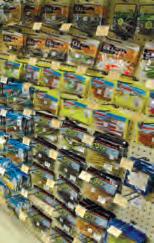
We put on half fresh crab knuckles and the Fishbites. All I can say is we had a ball in Ponce Inlet! One nice pompano after another.
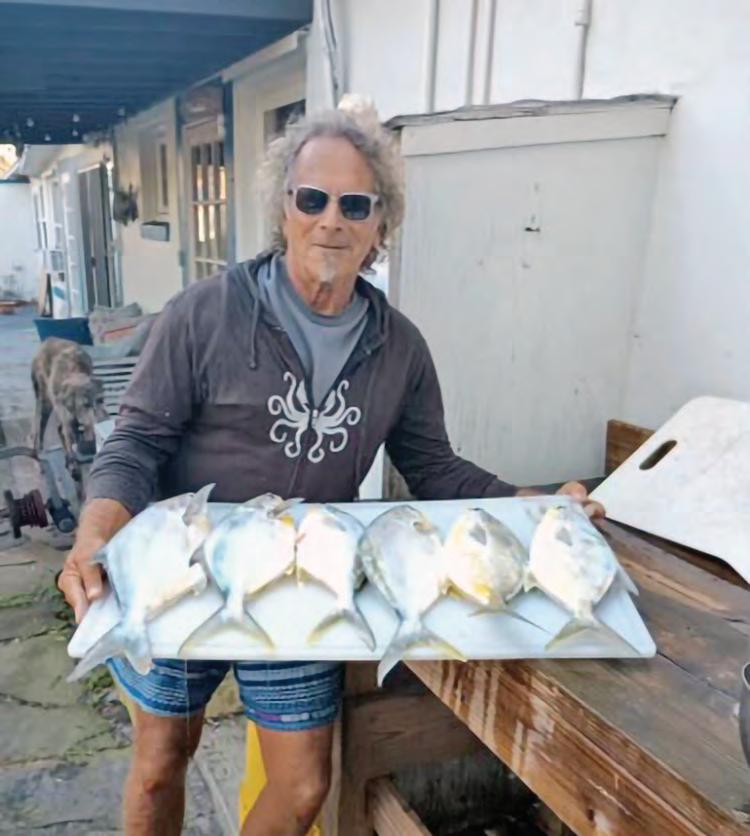
The water is still dirty. Catching lots of catfish in between a few keepers. Hopefully our beat up beaches and ocean will cleanse themselves, like they always have. We’re counting on Mother Nature to rebound. The ocean’s already cleaning up a lot.
It’s the end of a really great day. The reggae music is on mellow and I’m heading to the smoker with these pompano.
— Marcopompano@gmail.com | Surf Fishing Guide | (386) 212-4838






“...our beat up beaches and ocean will cleanse themselves, like they always have.”
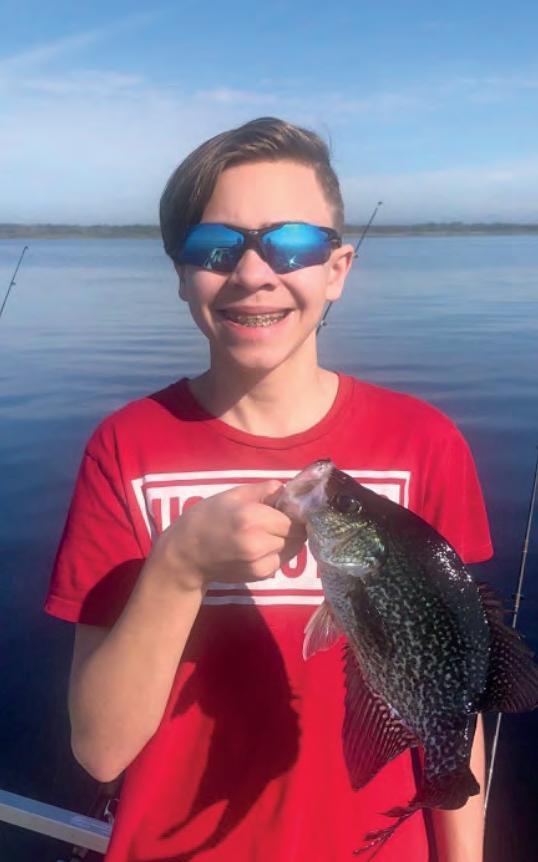


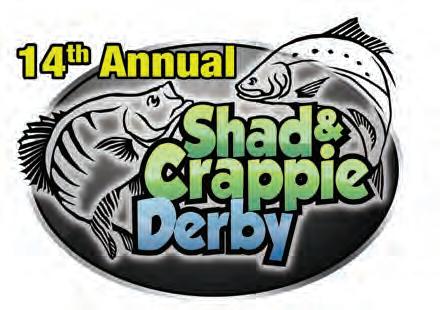
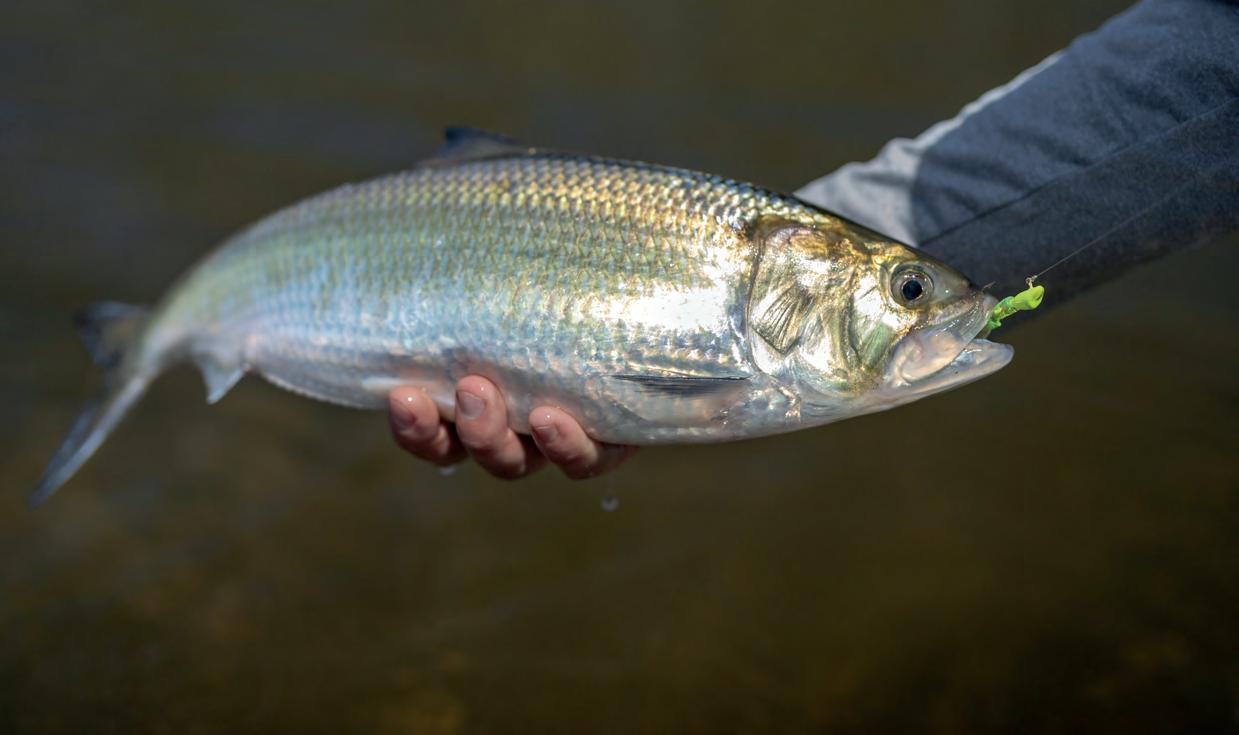








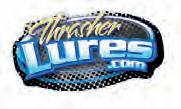







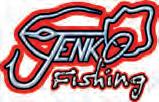

The best fishing event in January - FREE – Hook’don Lake Monroe Fishing Tournament will be held January 7, 2022. Angler registration is at Celery City Craft Beer Garden in Sanford on Friday evening January 6. Friday, get your boat number starting at 6:00 pm. With over 100 boats expected, weigh-in will be staggered based on boat numbers. Therefore, all anglers must register and get a boat number Friday evening at Celery City.






American and Hickory shad are here. Look for them from Mullet Lake Park all the way upstream into the Econlockhatchee River and Puzzle Lake (aka Shad Alley). Match the minnow hatch – wild minnows are small. Keep your baits small. Try a 1/8 oz. jighead with a 2” curly tail or 2” paddle tail soft plastic. Longline troll a little faster than you would for specks,

about 1.8 – 2.8 mph with plenty of line out so the lure is near the bottom. The by catch might just be a large sunshine bass!
Crappie – January will see the river bends swell with staging females. Full and new moons will see spawning activity – specks bed in colonies. Males prep beds in shallow while larger females will stage in 6-10 feet of water where drop offs are close to the shore of the lake. Minnow tipped jigs tied 12 inches below a ¾ ounce egg sinker fished a foot above the bottom is sure to catch a stringer full. Mylar and ice jigs deep in the river bends work great in January too. Longline trolling improves when tipping with a live Missouri minnow. Minnows under a cork are the most popular way to catch crappie. 8-pound test mono is perfect. Learn how to use a slip bobber and set your bait at different depths until the fish show you how deep they are biting that day.

Happy New Year to our loyal readers! Start the year off right and go out and catch some fish. The bass are finally schooling due to the recent cooler weather and are chasing shad and fatting up for the spawn during the January and February full and new moon phases. The bass bite in the Harris Chain of Lakes has been a little slow due to the recent cold fronts moving in and out, but that should be changing soon with the recent warming trend and moon phases during January. Try chatter baits, bright orange or chrome/blue Rattle Traps, June bug or black with blue tail trick worms, Senko’s or speed worms worked slowly along the deeper Kissimmee grass close to deeper water or ledges. The bigger fish will be staging close to mouth of canals, creeks, or the Dead River in the surrounding cover. Areas with several different types of cover such as Kissimmee grass, reeds,
cattails, eel grass, hydrilla, and lily pads in the same area will hold the bigger and better sized fish. Slow trolling a large live wild shiner under a cork or balloon will always pay off. Lake Harris, Lake Eustis and theirs canals as well as Lake Dora and the Apopka Canal will be the best places to look and hunt for the first wave of bedding bass.
Lakeside Bait and Tackle in Tavares near the Buzzard Beach boat ramp is selling a ton of minnows and says that the crappie is really starting to show up both in numbers and size on Lake Dora, in Lake Eustis and Lake Griffin. Anglers are catching them on mylar jigs, Road Runners, and minnow rigs. Look for them to move up in the shallows on the next new and full moon phases in later January and February. If you are going to fish for crappie, be sure to get registered and enter your crappie in the 14th Annual Shad & Crappie Derby. Lake Side Bait & Tackle and Nobles Marine are both sign-up locations, it only takes one fish to win! Take a kid fishing with you and start the New Year off right, good luck.






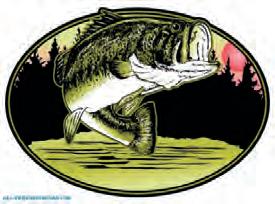


Happy New Year to everyone! I hope everyone had a wonderful Christmas and Holiday Season. I wanted to let all our friends know that your Seminole Junior Anglers are up to their old tricks! At the halfway point to the season, we were able to secure one national bid to one of our teams: Bryce DiMauro and Bryce Balentine. They secured this bid at Lake Seminole with two very consistent days of fishing.
On Saturday, December 10th, 2022, DiMauro and Balentine came in second place with a 5 bass limit of nearly 16 pounds. And on Sunday they secured 14th place with right at 12 lbs. There were only two national bids given out and we secured one of them. We also qualified 3 teams to the state championship on Lake Harris in June 2023: Kam and Drew Bradstreet, Gage Judson and Trevor Lane, and Dalton / Mackenzie Bailey. Ahuge congrats to these teams. On a special side note, we had one of our SJAteams get a big second place finish at the Bobby Lane Cup out of Camp Mack on Lake Kissimmee, on December 3rd. The team of Thomas Wright and Carter Burdette sacked up 5 fish for over 19 lbs. Way to go guys!

Just a reminder that our annual fundraiser tournament is on February 11, 2023. The St. John’s River Bass Bash weigh-in will be at 2:30 pm at Boat Tree Marina Sanford. We use all the proceeds to get these kids to the state and national tournaments. The extra funds go a long way to assist the parents financially on lodging, fuel, tournament fees, and other related travel expenses. SJA is a 501 C3 and the donations are tax deductible. Please call me: Dave DiMauro to get more information about our fundraiser and how to donate. Thank you! 407-353-4575




If you want a big bass and you’re in Central Florida, then you are here at the right time - January means trophy sized bass on the Kissimmee Chain. The fronts are coming through everyfewdays. We have had cold snapsin December to pushwater temps into the 50s. That’sall it takes to get the spawn triggered. Look forareasof clean water and sandy bottom and you will find buck males prepping beds with large female bass waiting nearby. Females will be within 40 yards of the beds staging in deeper water or near structure.This week when scouting forbass on the Kissimmee Chain,most of them were foundin a foot of water, all males with thefemales not far away.
To have the best success catching that trophy sized big bass, fisharoundstructure like Kissimmeegrass, reeds, orbull rushes.These are the areasanglers have most success with - once you




find them it is like fishing in a barrel. Baits of choice for artificialare the plastic lizard type baits, watermelon seed color, work it really slow. Lizards eat the eggs and will get eaten. Live wild shiners are best bait always for big bass if you can get them. Handle big bass with care and release quickly, they are all females with eggs. Tip - keep them out of water only as long as you can hold your breath.
The Crappie bite is excellent onEast Lake Toho. Don’t forget to sign up for the Shad and Crappie Derby. The fish areconcentrated inopen water grouping up. The best way to catch crappie is slow trolling with jigs inthe deepest water you can find.Always tip jigs with live minnows. Drifting minnows under a cork works great too – vary the depth until you find what the specks like. Find slight drop-offs on your bottom machine, there should be fish to target on the scope too. As the water keeps dropping use caution atthe boat ramps.Become a Sea Tow Central Florida Lakes member and get peace of mind while fishing and boating. Happy New Year, Captain Randy.
Current Lake Okeechobee water level is around 16 feet, and the level will slowly continue to decrease through the winter months (weed control via SFWM). With that known, the fish pre spawn patterns will vary this season because of fluctuating water levels. The bass and crappie bite is in full swing and the lake is busier than ever with local weekenders; northern folks who call Okeechobee home for the winter months; plus tournament anglers and fishing guides who make their living putting smiles on people’s faces making lasting memories.

Areas that fish are being caught: Some areas on the Shoal; south & west parts of Dupree bar; Harney Pond canal has always produced crappie; Monkey box outer edge (reeds); Horse Island area; Worm Cove; Tin House(middle to back range area); 2nd & 3rd points; Buckhead Ridgepole area and




some spots off of the canal that runs back to the Buckhead Ridge lock; back-side of Kings Bar; some areas in Coty’s Cove; spots around Grassy. Over on the east side try Hendry Creek and water release areas and some spots around J & S. Bass lures: Gambler’s Big Easy has beenproducing a lot of bites; worms; spinner baits; top water (spooks, devil horses); popping frogs and flipping creature-style lures.
to lock; at filled Okeechobee book at

The fishing areas mentioned above are for bass and crappie both. For the crappie anglers, you can use live minnows or jigs…personal preference. Crappie anglers are spider-rigging the Kissimmee River at night with minnows and doing really well. To book your next funfilled and productive day fishing Lake Okeechobee for bass and/ or crappie, now is the time to book your trip. Have any questions? Check out my website: www. southfloridabassfishing.com or call Angie at 863-228-7263. Capt. Angie’s sponsors are: Toho Marine; Mercury Marine; BnM Poles; Bullet Weights; Lews; Gill; Maui Jim; Real Magic; Tru-Turn hooks; G-Loomis; Gene Larew; Pradco Brands; Big Water Bait & Tackle (Lakeport, Fl)

For those of you who live in Central Florida and love to fish for bass, our habitat has some of the best “Big Bass” lakes in all the United States - The St. Johns River and lake system, Harris Chain of Lakes, Kissimmee Chain of lakes, Kissimmee River system, Stick Marsh, Headwaters Lake, and the famous Lake Okeechobee, just to name a few. If you are a true bass-head and tournament fish, then you probably have fished most of all these fisheries. It is this time of year from mid-November through April that some of the biggest bass will be caught in tournaments. 5 bass limits of 25 pounds and up will be commonplace with most bags including a bass weighing in at well over 7 or 8 pounds as a kicker fish.
If timing is just right and the school of fish is found anglers are sometimes able to catch “Monster Bags” this time of year. Monster bags are 5 bass limits totaling over 30 plus pounds. Catching a 5 bass limit of over 30 pounds is one thing, but to do it during a tournament is quite a feat! In recent years anglers Ryan Fleck and Steve Goree weighed in a bag of 35.61 pounds while fishing on Lake Toho, competing in a Central Florida Bass Hunters event with a bass over 10 lbs. anchoring their huge sack. Last year the team of Josh Wolf and Alex Funke weighed in a sack at 34.41 lbs. also from the Kissimmee Chain with 2 kicker fish over 8 lbs. Most recently, the father and son team of Bob Bakewell and Bobby Bakewell Jr. caught a huge sack on the Harris Chain weighing in at 36.67 including 2 monsters at 10.21 and 9.10 pounds at the Black Friday Open. The father and son team are local hammers commonly catching bags of 25 pounds plus which they did the following weekend on Lake Kissimmee at the annual Toys for Tots event weighing in an impressive 27 pound plus sack.
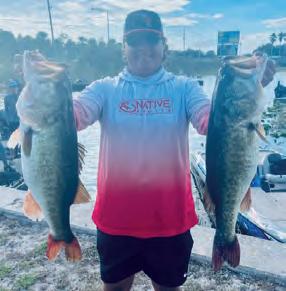

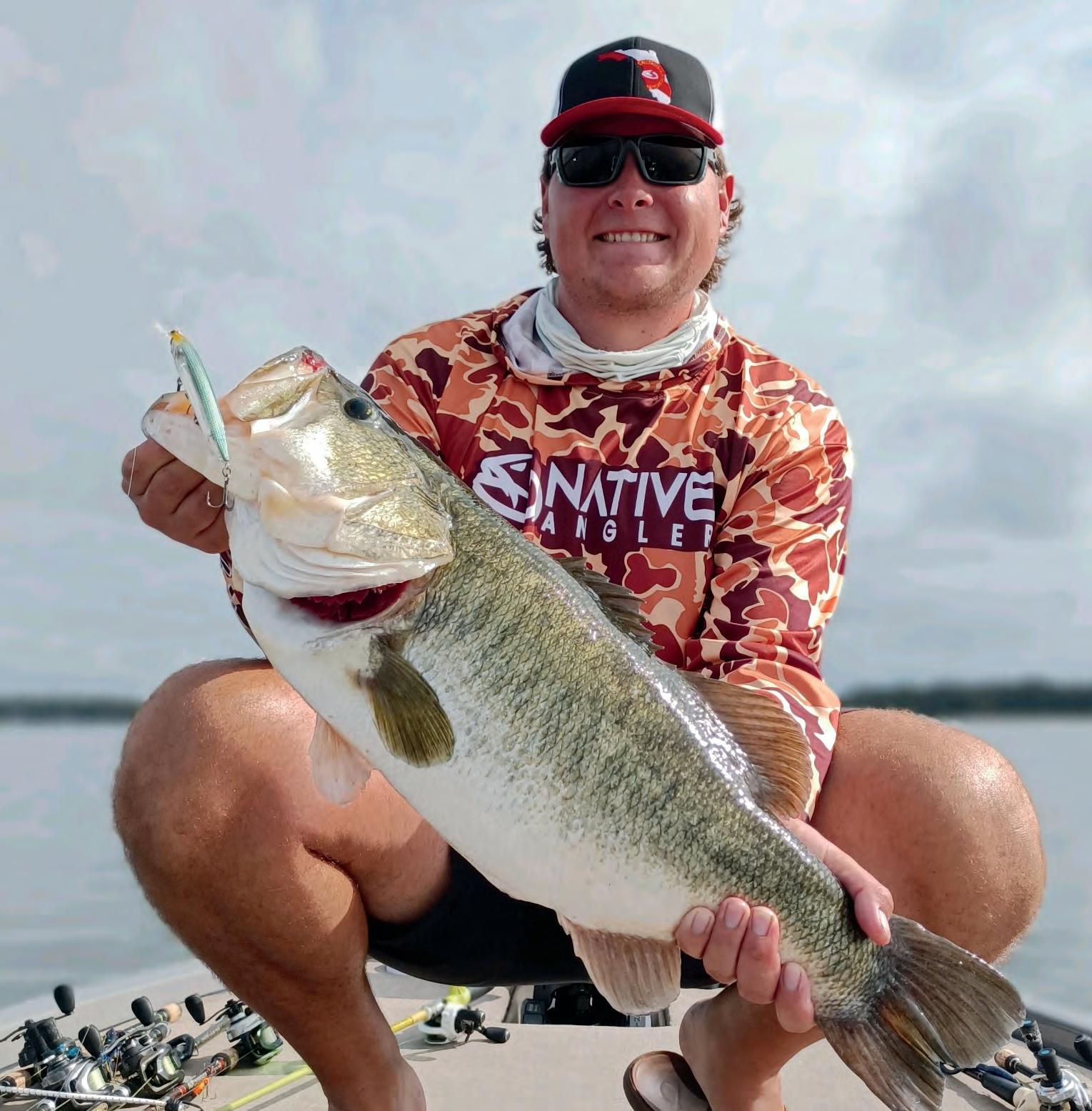
When speaking with Bobby Jr. about their big day on
By Phil Wolf Coastal Angler Magazinethe Harris Chain he mentioned that they caught most of the bass on a 3DB Yozuri 110 deep jerkbait and a few on a Brusier Baits 10” curly tail worm. Bobby said he found fish on Thanksgiving afternoon while fishing offshore grass edges with a shell bar nearby. He spotted the school on his forward-facing sonar unit saying that these fish looked really big on his screen. After making just a few casts he hooked and landed one weighing in at 11.27 pounds. As soon as catching that monster they left this area just hoping they would be around the next day and ready to bite in the tournament. As luck would have it, those fish stayed close to that same spot and were ready to eat the next day. “Catching a 10, a 9 and a 7 lb. plus got us going then my dad catching more than 10 bass over 5lbs was icing on the cake”, Bobby Jr. said. When you are able to throw back bass weighing over 5 lbs. each in a tournament you know you are having a great day and one you will always remember!
Bobby Bakewell Jr. will be fishing the MLF Tackle Warehouse Invitationals this coming season. He will be competing against another 149 pro anglers fishing events throughout the country. Bobby got his start fishing tournaments through the High School Bass Club system fishing local, state, and National events. He has already become a well-seasoned angler and a mentor to many young anglers where he helps as a Captain when he is not competing in other events. If you are reading this and are interested in or know a company that may be interested in sponsoring and helping Bobby Jr. with expenses, please give Bobby a call at 407-267-1310. Tell him you want to help and that you read this in Orlando Coastal Angler Magazine!
1 - Astor Marine (352) 759-3655 24535 FL-40, Astor, FL 32102 www.astormarine.com
2 - Nobles Marine (352) 787-5792 437 N Palmetto St, Leesburg, FL 34748 or 1931 N. Hwy 19, Crystal River www.noblesmarine.com
3 - Craig Catamaran (407) 290-8778 4333 Silver Star Rd. #100 Orlando, FL 32808
4 - Triangle Marine (352) 343-6146 11415 US-441, Tavares, FL 32778 www.trianglemarinecenter.biz
30 - Aamco East Orlando (407) 277-3311 6304 E. Colonial Dr. Orlando FL 32807 Full Service Mechanics
25 - Central Florida Marine (407) 647-6262 1021 N Orlando Ave, Maitland, FL 32751 www.centralfloridamarine.com
38 - Orlando Boat Sales (407) 253-7111 3165 N John Young Pkwy, Orlando, FL 32804 www.orlandoboatsales.com
24 - Boat Max USA (321) 866-0306 9700 E. Colonial Drive, Orlando FL 32817 www.boatmaxusa.com
46 - Gibson Truck World (407) 321-0660 3455 S. Orlando Dr. Sanford, FL 32773 www.gibsontruckworld.com
14 - Boat Tree Marina (407) 322-1610 4370 Carraway Pl, Sanford, FL 32771 www.boattree.com
60 - Next Level Inc.“Florida Marine Customs” (407) 704-5676 • 87 W. Michigan St. Orlando, FL 32806 info@floridamarinecustoms.com
Boat improvement / Service & Repair Centers / Replacement Parts
36 - All American Marine (407) 855-9988 7024 S Orange Ave, Orlando FL 32809 www.allamericanmarineorlando.com
35 - All Star Marine (407) 423-9953 28 W Jersey St, Orlando, FL 32806 www.manta.com
29 - Lake Fairview Marina (407) 295-0117 4503 N Orange Blossom Trail, Orlando, FL 32804 www. Lakefairviewmarina.com
32 - Portside Marine (407) 249-1124 2730 Forsyth Rd, Orlando, FL 32792 www.portsideorlando.com
23 - Talon Marine Services (407) 542-7600 439 Aulin Ave, Oviedo, FL 32765 www.talonmarineservices.com
20 - Team Marine Services (407) 260-8326 1350 28th Street, Orlando FL 32805 www.teammarineservices.com
19 - Ahoy Marine (407) 323-8373 511 E 25th St, Sanford, FL 32771 www.superpages.com
6 - Sea Tow of Central Florida Lakes (877) 800-1492


12307 Wedgefield Drive , Grand Island, FL 32735
9 - Instant Insurance Agency (352) 735-5560 25833 State Road 46, Sorrento, FL 32776 www.instantinsuranceagency.com
15 - American Tackle Co. (800) 516-1750 2133 Component Loop, Suite 1031, Oveido, 32765 www.americantackle.us
5 - Lakeside Bait & Tackle (352) 742-3336 1000 W Burleigh Blvd, Tavares, FL 32778
7 - Owens Fishing & Marine (352) 357-3030 935 N Bay St, Eustis, FL 32726
11 - Highbanks Marina & Camp Resort (386) 668-4491 488 W Highbanks Rd, DeBary, FL 32713 www.campresort.com
14 - Boat Tree Marina (407) 322-1610 4370 Carraway Pl, Sanford, FL 32771 www.boattree.com
21 - Bitters Bait & Tackle (407) 699-6619 65 N US Hwy 17 92, Longwood, FL 32750 www.bittersbaitandtackle.com
43 - Academy Sports + Outdoors




East Colonial 11955 E. Colonial Dr Orlando, FL Lee Vista 6640 Eagle Watch Drive Orlando, FL Millenia 3557 Gardens Ridge Way Orlando, FL Lake Mary 3641 Lake Emaa Road Lake Mary FL
45 - Wojo’s Bait & Tackle (407) 891-1003 Oak Park Center, 4245 13th St, St Cloud, FL 34769
48 - Mud Hole Custom Tackle, Inc. (407) 447-7637 2133 Componet Loop Suite 1001, Oveido, FL 32765 www.mudhole.com
56 - Orlando Outfitters (407) 896-8220 2814 Corrine Dr., Orlando, FL 32803 www.orlandooutfitters.com
26 - DWR Plumbing LLC. (407) 293-3717 6344 All American Blvd, Orlando, FL 32810
27 - Orlando Painting Service (407) 896-0839 65 Harold Ave, suite B, Winter Park, FL 32789 www.orlandopaintingservice.com
28 - Millennium Electric (407) 420-2001 4340 Edgewater Dr, Orlando, FL 32804 www.millennium-electric.com
41 - Water Works Pressure Cleaning & Sealing (407) 376-9526 490 Buck Lake Lane, Geneva, FL 32732 www.jmwaterworksinc.com
31 - Pyramid Cabinets (407) 947-8499
451 Fairvilla Road, Orlando, FL 32808 www.codepyramid.com
31 - Pyramid Cabinets (407) 947-8499 451 Fairvilla Road, Orlando, FL 32808 www.codepyramid.com
34 - Thomas Lumber Company (407) 841-1250 231 W Gore St, Orlando, FL 32806, www.thomaslumber.com
34 - Thomas Lumber Company (407) 841-1250 231 W Gore St, Orlando, FL 32806, www.thomaslumber.com
49 - Martin Tree Service, Inc. (407) 359-1119 1215 Bob White Trail, Chuluota, FL 32766 www.martintreeserviceinc.com
49 - Martin Tree Service, Inc. (407) 359-1119 1215 Bob White Trail, Chuluota, FL 32766 www.martintreeserviceinc.com
50 - Campbell Renovations Inc. (407) 947-0016 285 Campbell Ranch Run, Geneva, FL 32732 www.campbellrenovationsinc.com
50 - Campbell Renovations Inc. (407) 947-0016 285 Campbell Ranch Run, Geneva, FL 32732 www.campbellrenovationsinc.com
51 - Vapor and Company (407) 878-7397 3621 S. Orlando Dr., Sanford, FL 32773
51 - Vapor and Company (407) 878-7397 3621 S. Orlando Dr., Sanford, FL 32773
SR 436 Altamonte Springs East SR 50 Orlando www.vaporandco.com
SR 436 Altamonte Springs East SR 50 Orlando www.vaporandco.com
47 - Jolly Gator Fish Camp Bar & Grill (407) 349-5554
47 - Jolly Gator Fish Camp Bar & Grill (407) 349-5554
4650 E State Rd 46, Geneva, FL 32732 www.thejollygator.com
4650 E State Rd 46, Geneva, FL 32732 www.thejollygator.com
39 - Fish on Fire (407) 812-6881 7937 Daetwyler Dr, Orlando, FL 32812 www.fishonfireorlando.com
39 - Fish on Fire (407) 812-6881 7937 Daetwyler Dr, Orlando, FL 32812 www.fishonfireorlando.com
40 - High Tide Harry’s (407) 273-4422 4645 S Semoran Blvd, Orlando, FL 32822 www.hightideharrys.com
40 - High Tide Harry’s (407) 273-4422 4645 S Semoran Blvd, Orlando, FL 32822 www.hightideharrys.com
33 - Boston’s Fish House (407) 678-2107 Aloma Square Shopping Center, 6860 Aloma Ave, Winter Park, FL 32792 www.bostonsfishhouse.com
33 - Boston’s Fish House (407) 678-2107 Aloma Square Shopping Center, 6860 Aloma Ave, Winter Park, FL 32792 www.bostonsfishhouse.com
17 - St. Johns River Steak & Seafood (407) 878-0980 550 N Palmetto Ave, Sanford, FL 32771
17 - St. Johns River Steak & Seafood (407) 878-0980 550 N Palmetto Ave, Sanford, FL 32771
37 - The Steer (407) 286-6802 8015 S. Orange Ave., Orlando FL
22 - Huey Magoo’s (407) 706-6004 www.hueymagoos.com
10 Locations – See our ad on Restaurant Page
37 - The Steer (407) 286-6802 8015 S. Orange Ave., Orlando FL 22 - Huey Magoo’s (407) 706-6004 www.hueymagoos.com 10 Locations – See our ad on Restaurant Page
13 - Camp House Restaurant (407) 915-5401 100 S White Cedar Rd, Sanford, FL 32771 www.camphousebarandgrill.com
13 - Camp House Restaurant (407) 915-5401 100 S White Cedar Rd, Sanford, FL 32771 www.camphousebarandgrill.com
52 - The Deli (407) 332-8800 4360 Carraway Pl, Sanford, FL 32771
53 - T J’s Seafood Shack (407) 365-3365 197 E Mitchell Hammock Rd, Oviedo, FL 32765 12231 E Colonial Dr. #230, Orlando(407) 250-4191 www.tjsseafoodshack.com
54 - Oasis On The River (407) 636-6300 4380 Carraway Place, Sanford, FL 32771
56 - Celery City Craft (407) 915-5541 114 S. Palmetto Ave., Sanford FL 32771 celerycitycraft.com
55 -West End Trading Co. (407) 322-7475 202 Sanford Ave, Sanford, FL 32771 www.drinkatwestend.com
52 - The Deli (407) 332-8800 4360 Carraway Pl, Sanford, FL 32771 53 - T J’s Seafood Shack (407) 365-3365 197 E Mitchell Hammock Rd, Oviedo, FL 32765 12231 E Colonial Dr. #230, Orlando(407) 250-4191 www.tjsseafoodshack.com 54 - Oasis On The River (407) 636-6300 4380 Carraway Place, Sanford, FL 32771 56 - Celery City Craft (407) 915-5541 114 S. Palmetto Ave., Sanford FL 32771 celerycitycraft.com 55 -West End Trading Co. (407) 322-7475 202 Sanford Ave, Sanford, FL 32771 www.drinkatwestend.com






Sea
Triangle Marine
11415 US-441, Tavares, FL 32778
Phone:(352) 343-6146 www.trianglemarinecenter.biz
Bennington
Lake,
All
Phone: (407) 855-9988 www.allamericanmarineorlando.com
Service
Lake
Phone: (407) 295-0117 www. Lakefairviewmarina.com
Consignment
Boat Max USA
9700 E. Colonial Drive, Orlando FL 32817 Phone: (321) 866-0306 www.boatmaxusa.com
Pioneer
Thomas Lumber Company
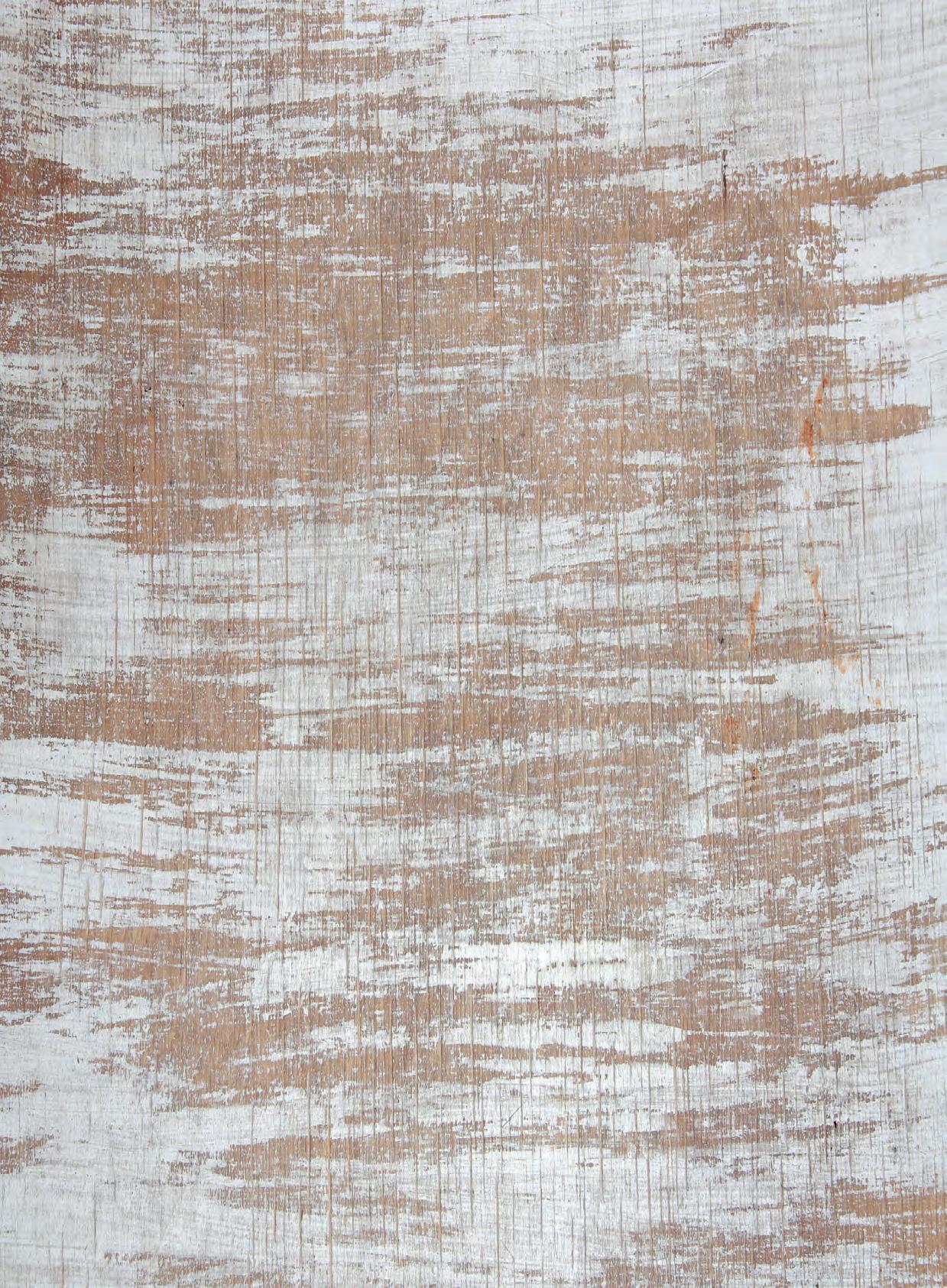

231 W Gore St, Orlando, FL 32806, Phone: (407) 841-1250 www.thomaslumber.com
Old
West Lake Toho - The summer bass bite has been improving with the best times to fish in the early morning and late evening. Summer rains have kept the flood control gates open every few days. The water quality is clear.
West Lake Toho - The summer bass bite has been improving with the best times to fish in the early morning and late evening. Summer rains have kept the flood control gates open every few days. The water quality is clear. Goblins Cove is still producing good numbers of bass - fishing with live shiners over hydrilla. Fish the boat runs’entrances at sunrise for good top water action. Every morning at sunrise, bass can be found schooling on shad; anywhere there is flow. It usually lasts 30 minutes after sunrise. Big beetle spins and small M-5 Rapalas work best.
Bluegill - I have been trying a new tactic this summer. A good way to beat the heat.I have been fishing at nighttime in the canals using a fly rod, throwing popping bugs up against the bank. On a good moon phase, the bluegill will crush the


Fishing Lake Okeechobee in August can be challenging but fun! Challenging due to hot temperatures, possible afternoon thunderstorms and lower water levels. Now is a good time to brush up on your deeper water angling skills whether its fishingin the Kissimmee River or the Canal system. Bass like the deeper, cooler water temperaturestie on those deep diving crank baits. Along with crank baits, a CarolinaRig (c-rig) or a texas-rigged big worm will produce some quality bass.
In the early morning hours have a hard top water lure tied on like a bang-a-lure or devils horse and aim at the edges working the lure out about 20-25 ft as you go along the rock-bottom in the River and Canals. If you’re fishing the lake, some areas of the lake are showing signs of algae which is normal this time of year.
What’s biting now?I’ve been taking bream trips; fingerling catfish and

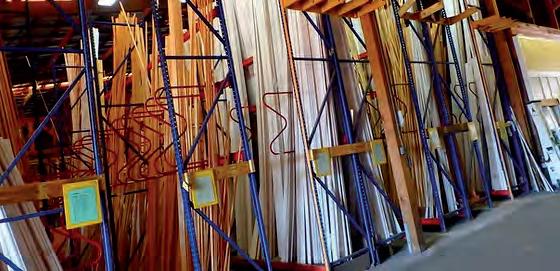



popping bug. I have thoroughly enjoyed hearing the popping bug get hit. Daytime anglers are catching good numbers fishing the shallow bedding areas. Bait of choice is crickets fished under a float.Another good area to fish is canals when the water is flowing, trolling will only trigger more bites.
Crappie - Anglers are fishing open water for crappie using jigs tipped with a minnow. Anglers trolling jigs are catching good limits of crappie. The key is to find them suspended in open water.
popping bug. I have thoroughly enjoyed hearing the popping bug get hit. Daytime anglers are catching good numbers fishing the shallow bedding areas. Bait of choice is crickets fished under a float.Another good area to fish is canals when the water is flowing, trolling will only trigger more bites. Crappie - Anglers are fishing open water for crappie using jigs tipped with a minnow. Anglers trolling jigs are catching good limits of crappie. The key is to find them suspended in open water.
East Lake Toho - Bass fishing on East Lake has been good using artificial baits early morning. The best place to fish will be at the edges of the cattails. Then move to open water as the morning progresses. Most anglers are flipping open water pepper grass matts with good success. Fish the deeper edges of the grasswatermelon seed, Junebug, and
East Lake Toho - Bass fishing on East Lake has been good using artificial baits early morning. The best place to fish will be at the edges of the cattails. Then move to open water as the morning progresses. Most anglers are flipping open water pepper grass matts with good success. Fish the deeper edges of the grasswatermelon seed, Junebug, and red colors work best.
Panfish - Fish open water shell beds with red wigglers. If you are looking to fill the cooler for dinner, the open water shell beds are
Panfish - Fish open water shell beds with red wigglers. If you are looking to fill the cooler for dinner, the open water shell beds are hard to beat.
bass trips which are typical for this time of year. The month of September is when to start thinking of booking your bass fishing trip, as the females start to feed up while they make their way into the shallows for the early spawn time. It’s also the time to book your fall crappie trip too. Good fishing areas: parts of the shoal; Dupree Bar; Dyess ditch and Horse Island and Indian Prairie. Tin house has been solid throughout the season for crappie, bass and bream, work your way up towards 3rd and 2nd point where you’ll find some bass feeding on the bedding bream. A few areas on Kings Bar have been good and
bass trips which are typical for this time of year. The month of September is when to start thinking of booking your bass fishing trip, as the females start to feed up while they make their way into the shallows for the early spawn time. It’s also the time to book your fall crappie trip too. Good fishing areas: parts of the shoal; Dupree Bar; Dyess ditch and Horse Island and Indian Prairie. Tin house has been solid throughout the season for crappie, bass and bream, work your way up towards 3rd and 2nd point where you’ll find some bass feeding on the bedding bream. A few areas on Kings Bar have been good and the water looks perfect.
To book you’re next fun-filled, productive and educational fishing trip call me at 863-228-7263 or log onto my website to check out the customers and their catches; hotel recommendations; guide rates and etc. Capt Angie’s sponsors are: Caymas boats and Toho Marine; South Tackle; Maui Jim; Gill; Bullet Weights; Road Runner; Real Magic; Tru Turn hooks; Mega Strike; Gene Larew; Pradco Brands and BUFF
To book you’re next fun-filled, productive and educational fishing trip call me at 863-228-7263 or log onto my website to check out the customers and their catches; hotel recommendations; guide rates and etc. Capt Angie’s sponsors are: Caymas boats and Toho Marine; Lews; G-Loomis; BnM Poles; MidSouth Tackle; Maui Jim; Gill; Bullet Weights; Road Runner; Real Magic; Tru Turn hooks; Mega Strike; Gene Larew; Pradco Brands and BUFF USA.





401 Commerce Way, Unit #101, Longwood, FL 32750 www.respitecmedical.com • 407-834-2266 and 1-800-945-6685


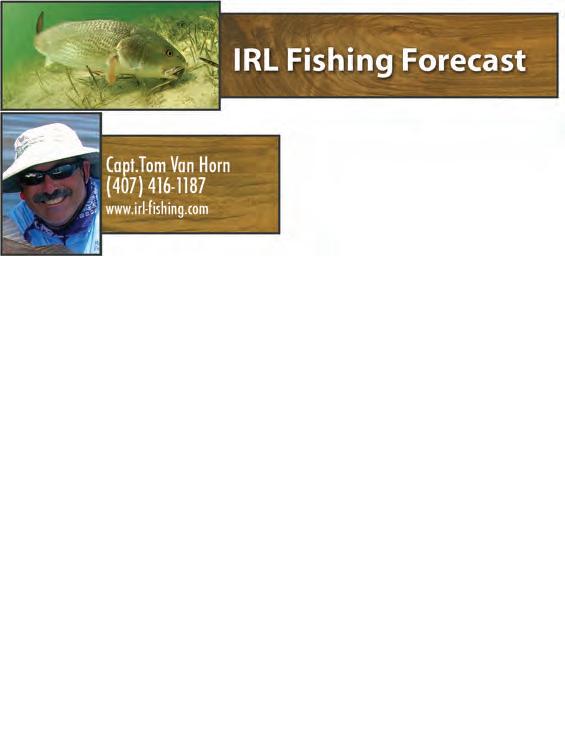
Specializing in meeting the needs of the home respiratory and sleep therapy patients.

August can be considered a tough time to fish in East Central Florida for several reasons, but that does not mean you can’t find plenty of opportunities to bend the rod and do battle with some awesome fish. The most notable factor that effects our lagoon fishing is the sweltering summer heat and how it plays into the day for most of our desired gamefish targets. There is only one way to beat the heat and stay catching regardless of how hot it gets. Fishing in the cooler times of the day is a sure way to keep yourself a bit more comfortable and achieve your goal of some solid catches. Hitting the water very early or late in the afternoon and even exploring your local night fishing is a spectacular work around keeping you off the water in those times of high sun and maximum heat.
1SU 4:17 AM 2.25 H
11W 4:37 AM 0.05 L
22SU 2:07 AM -0.8 L
10:06 AM 0.33 L
4:22 PM 2.11 H
10:28 PM -0.13 L
2M 5:15 AM 2.25 H
11:00 AM 0.34 L
5:16 PM 2.08 H
11:18 PM -0.14 L
3TU 6:07 AM 2.26 H
11:49 AM 0.33 L
6:06 PM 2.07 H
4W 12:05 AM -0.16 L
6:54 AM 2.27 H
12:34 PM 0.3 L
6:52 PM 2.08 H
5TH 12:48 AM -0.18 L
7:36 AM 2.28 H
1:17 PM 0.27 L
7:34 PM 2.1 H
6F 1:30 AM -0.18 L
8:16 AM 2.29 H
1:58 PM 0.25 L
8:15 PM 2.11 H
7SA 2:09 AM -0.18 L
8:54 AM 2.29 H
2:37 PM 0.23 L
8:54 PM 2.1 H
8SU 2:47 AM -0.15 L
9:31 AM 2.27 H
3:15 PM 0.21 L
9:33 PM 2.08 H
9M 3:24 AM -0.1 L
10:07 AM 2.24 H
3:52 PM 0.2 L
10:13 PM 2.04 H
4:00 AM -0.03 L
10TU 10:43 AM 2.19 H 4:28 PM 0.19 L 10:53 PM 2 H
11:19 AM 2.13 H
5:06 PM 0.18 L
11:35 PM 1.96 H
12TH 5:16 AM 0.14 L
11:56 AM 2.05 H
5:46 PM 0.15 L
13F 12:21 AM 1.93 H
6:00 AM 0.23 L
12:35 PM 1.98 H
6:31 PM 0.11 L
14SA 1:11 AM 1.92 H
6:52 AM 0.31 L
1:18 PM 1.92 H
7:23 PM 0.05 L
15SU 2:07 AM 1.93 H
7:51 AM 0.36 L
2:09 PM 1.88 H
8:20 PM -0.04 L
16M 3:09 AM 1.98 H
8:55 AM 0.37 L
3:08 PM 1.88 H
9:22 PM -0.15 L
17TU 4:15 AM 2.07 H 9:59 AM 0.31 L 4:13 PM 1.94 H 10:23 PM -0.31 L
18W 5:19 AM 2.2 H 11:00 AM 0.2 L 5:19 PM 2.05 H 11:22 PM -0.47 L
8:57 AM 2.71 H
2:38 PM -0.38 L
9:09 PM 2.58 H
23M 2:59 AM -0.78 L
9:45 AM 2.72 H 3:29 PM -0.47 L
10:02 PM 2.6 H
24TU 3:51 AM -0.68 L
10:32 AM 2.67 H
4:21 PM -0.51 L
10:54 PM 2.55 H
25W 4:44 AM -0.52 L
11:19 AM 2.56 H
5:14 PM -0.49 L
11:48 PM 2.45 H
26TH 5:38 AM -0.31 L
12:07 PM 2.41 H
6:08 PM -0.42 L
27F 12:42 AM 2.31 H
6:34 AM -0.1 L
12:56 PM 2.23 H
7:03 PM -0.33 L
28SA 1:39 AM 2.17 H
7:32 AM 0.09 L
1:48 PM 2.05 H
8:01 PM -0.23 L
29SU 2:40 AM 2.03 H
8:33 AM 0.24 L
2:45 PM 1.9 H
With little tidal current until you get to the Ponce Inlet area in the north or Sebastian Inlet to the south, we do not have the relief of cooler ocean water flooding the shallows multiple times a day regardless of where the sun is. In those nontidal areas, the water temperatures climb as the sun does and by midday it is uncomfortably hot. Just like ourselves the fish also react to the oppressive heat and look to find some refuge. For us some cold drinks and a little shade with some breeze is exactly what we look for to cool down and relax, maybe a little time in the AC even. Typically, the last thing we look for is a giant meal. Fish do the same and look to find cooler deeper water or some shade to ride out the heat. Much like colder weather the heat also causes fish to become lethargic and many time unwilling to feed or do anything but sulk. If you do find yourself looking to catch in the heat, baits like live shrimp are a good choice as they fit the bill of a lite snack and not a full meal. In the cooler times like early morning, late evening, and even nighttime you can look to utilize more substantial offerings and the topwater plug excels at this. With the summer waters heavy bait presence those topwater plugs will get a look and can even be fished at night with great success. Also, live baits like mullet will get plenty of looks and are a great choice in the dark. Don’t let the dog days of summer get your fishing in a slump! Beat the heat and keep catching.
9:00 PM -0.15 L
30M 3:43 AM 1.94 H
9:34 AM 0.33 L
3:45 PM 1.81 H
9:58 PM -0.1 L
PONCE INLET (Halifax River)
SEBASTIAN
SEBASTIAN (IRL)
TIME OFFSET
High 92 min / Low 156 min
HEIGHT OFFSET High *.15 ft / Low *.5 ft
Shorter periods of daylight and falling water temperatures on the Indian River Lagoon system can present anglers with the best sight fishing conditions experienced all year. With less algae in the water and low water levels on the flats, sight fishing conditions greatly improve, but a stealthy presentation and long cast are critical to entice spooky fish. As the sun warms the water, target sand bars where both redfish and sea trout lay seeking the warmth of the sun’s reflection on sand.
August fishing can be a challenge sometimes, but it’s always a fun time. The cold-water upwelling is still around and causing issues for bottom fishing and finding bait. By cold water, I’m talking about the yearly thermocline. Just because you can’t get a bottom bite going doesn’t mean the bottom fish don’t come up in the water column a little. Get on the wrecks and chum. You will find the cold pushes the fish up. They try to get to the warm water level. It’s not uncommon at all to see amberjack, snapper, cobia, mangroves, and many other species not far from the surface. Picking out the biggest fish can be fun especially for your charters.
On colder days, target deeper locations where the water is a few degrees warmer and slow down your presentation. Lastly, fish metabolism slows as the water cools, so smaller baits and a very slow retrieval will increase your
Kingfish should continue to do
success in getting that strike.
well, many fish in the 40/50lb class have been caught recently. Captain Joe of the FireFight had a 48-pound kingfish last week. Stud of a king. Nice work Joey Lee!
In freshwater on the St Johns River - As the water temperature cools, both speckled perch (crappie) and American shad will move out of the lakes into the creeks and shallow river flats to spawn. Crappie typically spawns along the shallow edges around structure during the full and new moon periods and once located will present anglers with limits in no time at all. American shad will stage in the deeper corners of the river and move up on the sandy shoals to spawn when the water temperatures and conditions are right. Try slow trolling soft plastic crappie jigs and lures like the Road Runner tipped with a minnow until you locate fish, and then concentrate your efforts matching the same techniques, depth, and area to improve your success.
Nearshore beach fishing is going to really be picking up. Tarpons are there and rolling every day. You can slow troll them or just drift in the mornings with live bait. We have caught them on everything. Chunk baits, live baits and artificial. There is not much they won’t eat. Beach fishing in 20-30 feet is a blast. You’d be amazed how shallow all these fish come in. Kings, bonito, jack crevalle and many other extreme fighting fish. Look for the schools of bunker. If you find them, you will find the fish. Shark fishing is about as good as it gets right now. If you’re looking for some fun with the kids, anchor up in 20 feet off the beach and hold on. Bonita and king are an excellent bait for the toothy critters.
are there and rolling every day. Bonita and king are an excellent
Sea trout and redfish are the primary targets for anglers on the Lagoon flats. Anglers should focus their efforts in areas of mullet schools, throwing top water plugs in the early morning and late afternoon hours, or at night. Once the day gets hot and the top water bite slows, switch your tactics to live bait (pigfish) or DOACAL Jigs fished on the deeper edges of the flats, and don’t overlook the large ladyfish schools shadowing glass minnows out in the deeper water.
If the ocean water stays warm (above 80 degrees) along the near-shore coast, look for pods of baitfish to
Hopefully everyone had a great holiday season and a safe New Year. The last few weeks have been great near shore and offshore. Sharks, cobia and triple tail have been hanging pretty close to the beach. For triple tail use a small bucktail tipped with a piece of squid or a live shrimp with just a small shot of weight on it. Tease them with it a little and most of the time they will eat it. A #4 treble hook with a live shrimp works great as well. Triple tail makes some of the best eating around. You will find them free swimming and holding to pieces of weeds, buoys and anything else you can find floating. Cobia have been hanging out in the same areas as the trips, have the bucktail with squid ready. There are many things you can use for them. If there hungry they will eat, so to speak. A bucktail tipped with a whole squid works
best if you don’t have live bait.
Pushing a little farther out, Pelican and 8A have had some stud kings on them. I have been using many different baits since live bait is a little hard to find this time of year so have your dead sardines handy. If you can’t find any bunker to net, try to sabiki some off the buoys or wrecks on the way out for some blue runners or threadfins. Live bait will normally work better.
work better.
move in close. Pods of Atlantic menhaden (pogies), thread fin herring (greenies), and bay anchovies (glass minnows) will all be shadowed by predator species like large tarpon, smoker kings, blacktip and spinner sharks, jack crevalle, bonitoand redfish. Focus your attention on bait pods where there are visible predators, feeding activity and active bird feeding.
Mahi, wahoo and sails have been showing themselves. Although there’s specific tactics and ways to target each specifically, try smaller Islander lures with small ballyhoo or naked ballyhoo. All three species can be expected this time of year. Wahoo can be targeted with a little more speed in your troll. This is the time of year they are around in greater numbers. Don’t put too much effort into running the heavy gear. You will catch all these species on “king” gear on the reefs just fine. Good luck, See you out there. Capt. Chris
As we approach the end of the month and the beginning of the fall mullet run, look for snook fishing in the surf to improve as they move into the surf break to feed. Remember snook season is closed in August, so please handle, and release them with extreme care. The snook populations in our area are elevated this year due to the warmer than usual winter we experienced.
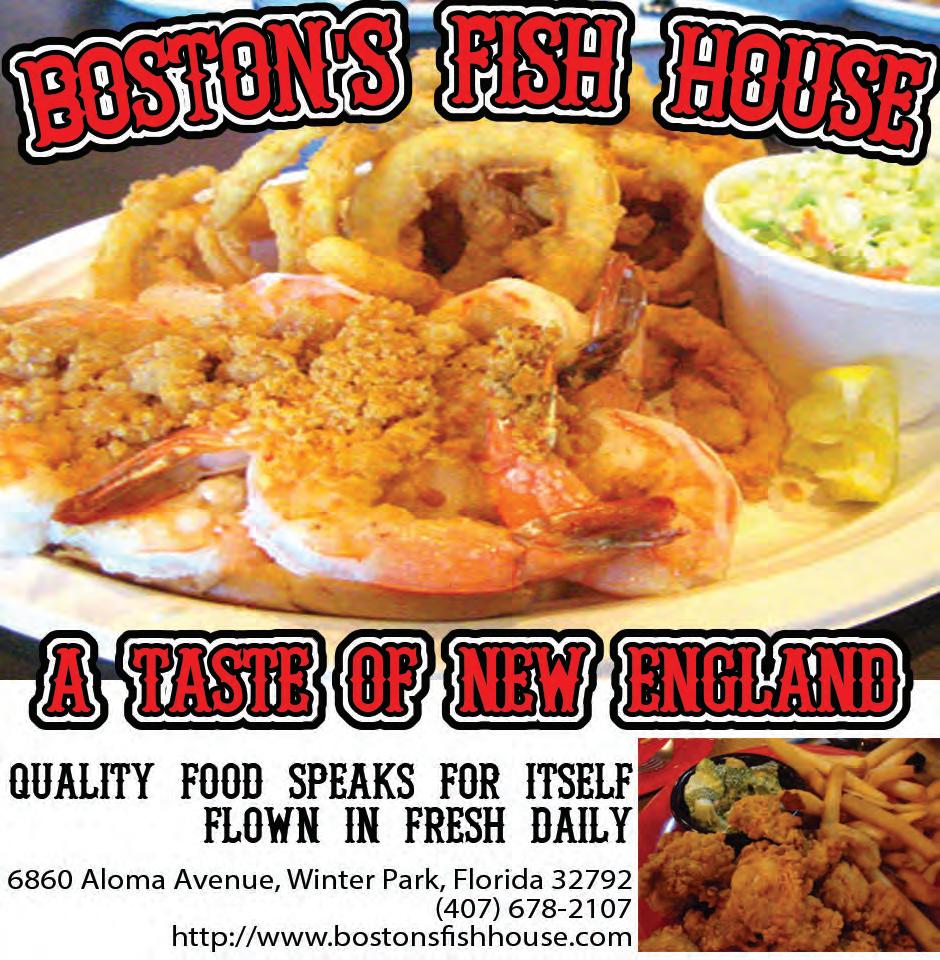



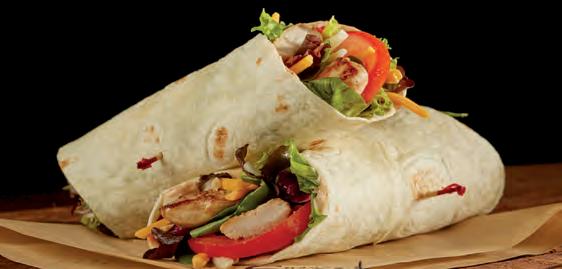






 Ben Elder at Just 5 yrs. old with a nice Pompano from NSB at Ponce Inlet
Will Harrison with a Monster Mangrove Snapper out of Ponce Inlet caught aboard “No Shot”
Gunner Wolf with a nice bass he caught on a Zoom Fluke, Lake Charm in Oviedo
Bryce DiMauro and Bryce Balentine winners of the Fall Series Qualifier for Florida Bass Nation and berth to National Tournament Event
Ben Elder at Just 5 yrs. old with a nice Pompano from NSB at Ponce Inlet
Will Harrison with a Monster Mangrove Snapper out of Ponce Inlet caught aboard “No Shot”
Gunner Wolf with a nice bass he caught on a Zoom Fluke, Lake Charm in Oviedo
Bryce DiMauro and Bryce Balentine winners of the Fall Series Qualifier for Florida Bass Nation and berth to National Tournament Event











their anal n. ese long skinny sh are built for speed and can reach max speeds of about 70 mph.

Atlantic sail sh participate in seasonal migrations along the coast of America. Some sh will stay where they are, but most move northward in spring and south during the winter. is is due to the bait schools following the cold cycles. As soon as it gets hotter up north, they migrate. Once winter sets in, they return to Florida. Sail sh spend most of their time in warm surface waters of the epipelagic zone of the ocean. ey make frequent nearshore forays and congregate where water temperatures are in the 70 to 80 degree range.
ey begin spawning in spring, and this can occur as early as May or all the way into the fall. Like many other pelagic sh, sail sh use a process called external fertilization, or broadcast spawning. Males release sperm and females release eggs into the water current. Each female can produce about 4.5 million eggs. Once the sail sh hatch at around an eighth of an inch, they grow rapidly to about 6 pounds within a month. eir growth slows once they reach about 4 feet in length.
Capt. Charlie Stuve put me on my rst sail sh. He runs Native Guide Fishing Charters out of Jupiter, Fla., and sail sh are a favorite winter target for his clients.



“I suggest live baiting,” said Capt. Charlie. “Goggle eyes are the most popular bait, but other baits work, as well. Kite shing is preferable with goggle eyes, but I also do well slow bump-trolling edges. Live thread n herring, Spanish sardines and pilchards are my favorites while dri ing on a color change.

Now that the cold has set in and will be here for a bit, we once again change focus on what we are catching. Most larger sh tend to slow down during winter months since it takes more energy out of them; however, this is not the case for sail sh. As long as you are brave enough to venture into the rough winter seas, you’ll be sure to get on the bite.
Sail sh are the sleek and slender member of the bill sh family. eir name comes from the extremely large dorsal n that extends over almost their entire back. ey also have long pelvic ns, which stretch almost to
“Depths can vary, so don’t use yesterdays information because conditions constantly change. Sometimes when the bite is slow, I like to bottom sh and y a kite downwind. at way you stay busy with the bottom action and when you least expect it you have a sail sh on your kite.”
e IGFA world record for Atlantic sail sh weighed 142 pounds, 6 ounces and was caught in Lobito Angola in 2014.
Emily Rose Hanzlik holds 56 IGFA world records in various categories. She hails from West Palm Beach, where she has a part time Bow n Guide Service as well as shing classes for Jr. Anglers. Find her on Social Media @emilyhanzlikoutdoors.


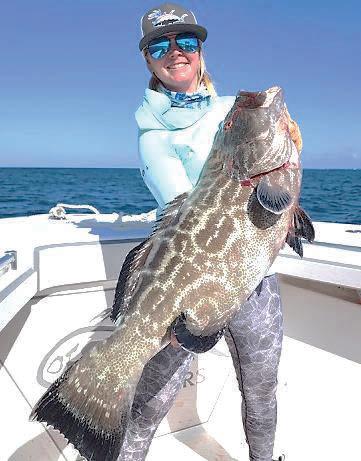









The FWC approved rules to help conserve Gulf striped bass in Wakulla County’s lower Ochlockonee River at the Nov. 30-Dec. 1 commission meeting.

FWC research has identi ed high rates of recreational harvest of brood sh (breeding sized) Gulf striped bass, and sta proposed rule language to change the harvest length limit. e bag limit of three sh per day for striped bass will remain in e ect. e proposed change to the length limit would change from 18 inches minimum size to no minimum size with only one sh allowed over 24 inches. Gulf striped bass populations are dependent on stock enhancement via hatchery production and protection of these larger-sized striped bass is necessary for the continued survival of the species.
“ is rule change is a positive step for Gulf striped bass, an important sport sh in Florida,” said FWC Commissioner Gary Lester. “We appreciate sta working with stakeholders on these ongoing conservation e orts for the future of this shery.”

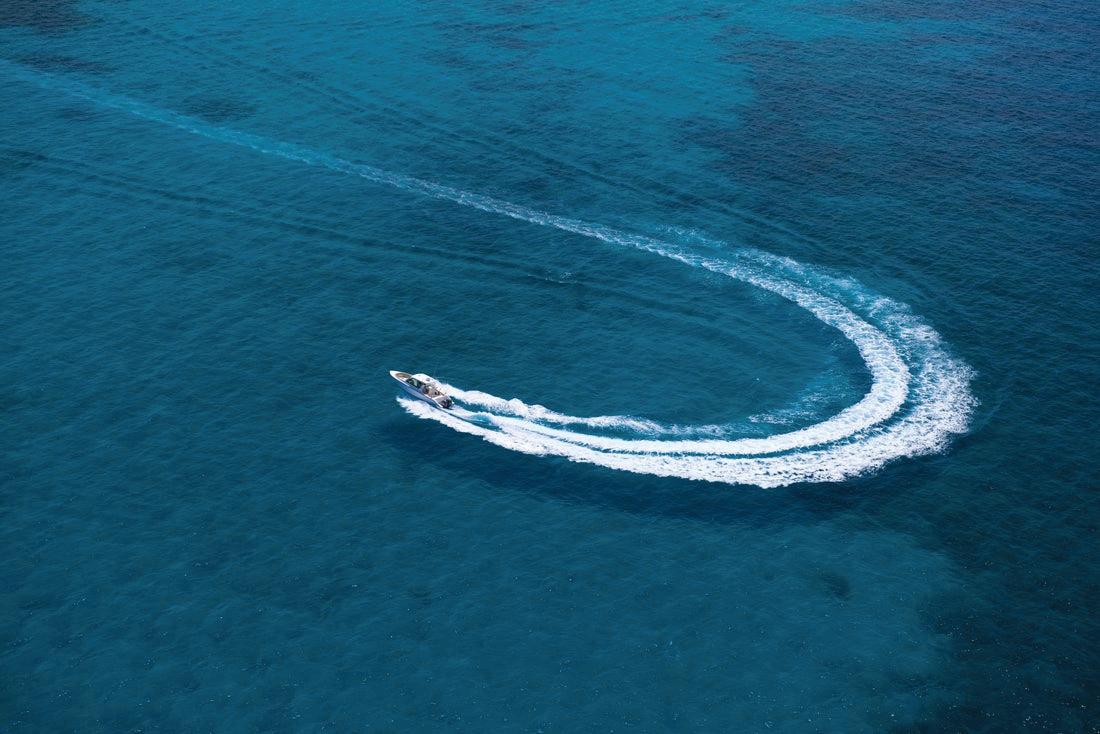
Sta held public meetings with local anglers to discuss research and management options for this shery at Lake Talquin in May 2022 and an additional meeting in November to discuss the rule language. Anglers were supportive of using regulation changes as a management tool. Further stakeholder engagement will occur on this rule.
Email Christopher.Paxton@MyFWC.com with questions, or visit the striped bass pro le on MyFWC.com.

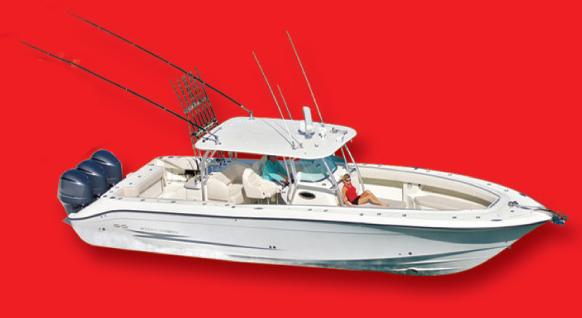
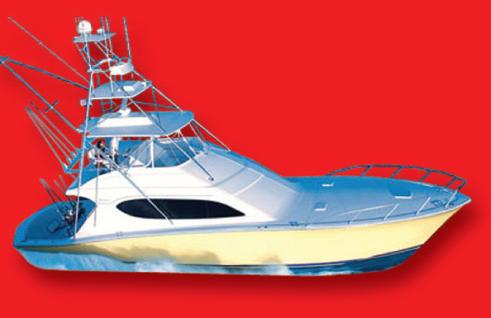














Let’s grow with Florida together.
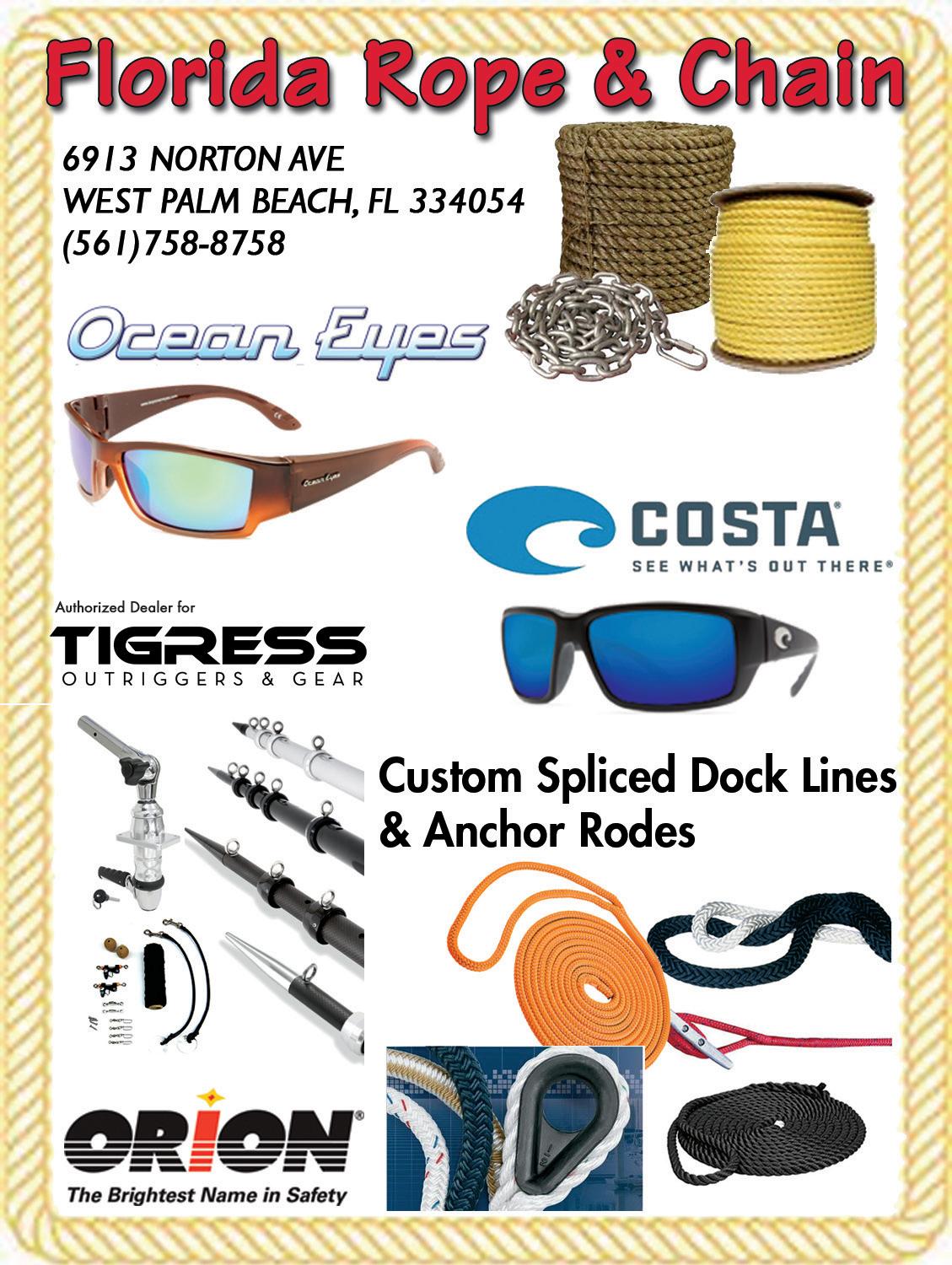



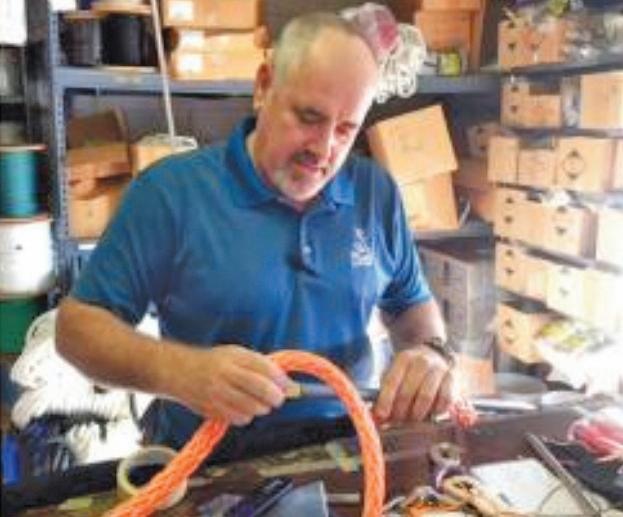
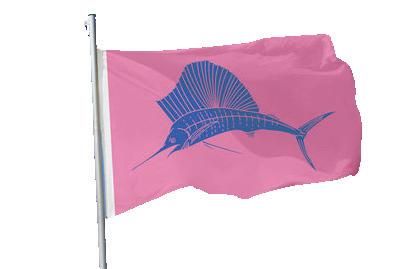

















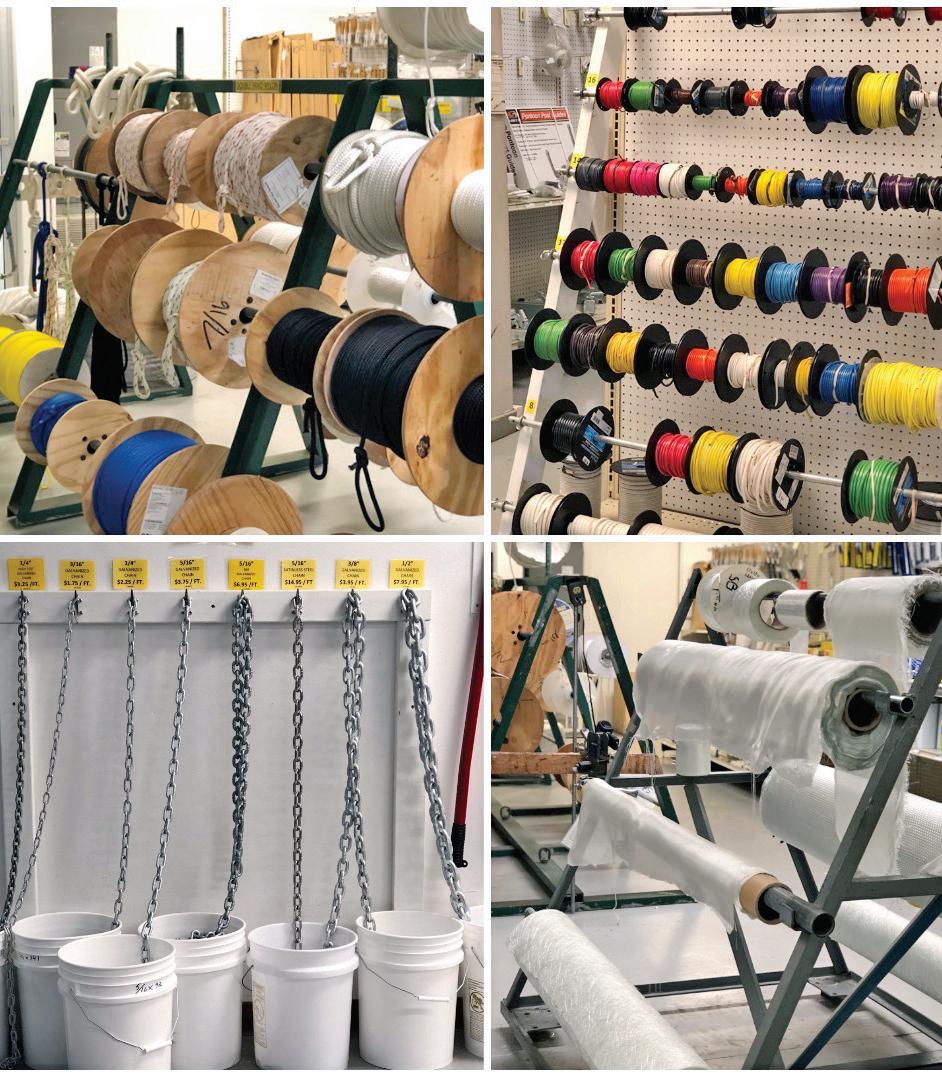













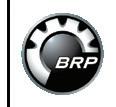
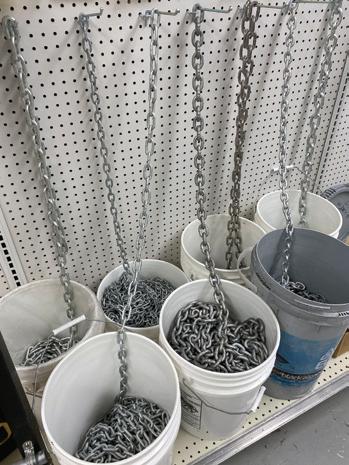







Berkeley County is a wonderland for outdoor enthusiasts, sports bu s, adventure seekers, and water lovers. From exemplary fishing for striped bass, or a trophy largemouth bass, to our hiking trails and water activities, along with scenic outdoors where you can catch a glimpse of white tail deer and gators, Berkeley County has activities to fit all visitors and families.

Learn more about Berkeley County at: exploreberkeleycounty.com



Researchers have designed and tested a new style of hook that takes catch-and-release to a whole new level. ese “bite-shortened” hooks are intended to allow sh to “release themselves” without being handled by the angler.

Dr. Holden Harris, a postdoctoral researcher at the University of Florida’s Nature Coast Biological Station, was the mastermind behind the study. In his write up on Hook Line & Science, a North Carolina Sea Grant blog, he promoted the bene ts of e cient de-hooking and minimal handling of caught sh to considerably improve chances of survival for released sh. e hook he tested is a modi ed jig, which researchers clipped at the point, so that this “bite” portion of the hook—the business end— was reduced in length from 15 mm to 10 mm. e simple modi cation just clipped the barb and vertical length beyond the bend of the hook before it was re-sharpened. Harris tested it against a standard jighead as well as a jighead with the barb led down on 150 spotted seatrout. ey went shing with all three jigheads, reeled in the sh and then allowed the sh to op around boat-side until they either did or did not come unhooked.
“We found promising results for the bite-
 HARRIS
HARRIS

shortened modi ed hook, which enabled anglers to land 91 percent of hooked spotted seatrout and then release 87 percent of those sh without direct handling,” Harris wrote. “In comparison, the self-release success rates were 47 percent using barbless hooks and 20 percent using standard, unmodi ed hooks.”
Additionally, Harris found that smaller seatrout were able to “self-release” at higher rates than larger ones.
Coastal Angler contributor and seatrout-on-














arti cials guru Michael Okruhlik has written on his use of barbless hooks when targeting pods of trout crashing bait. He said the ability to quickly and safely release sh without taking them out of the water allows him to get back in the action faster.
Maybe anglers would use a hook designed to let sh come unbuttoned?
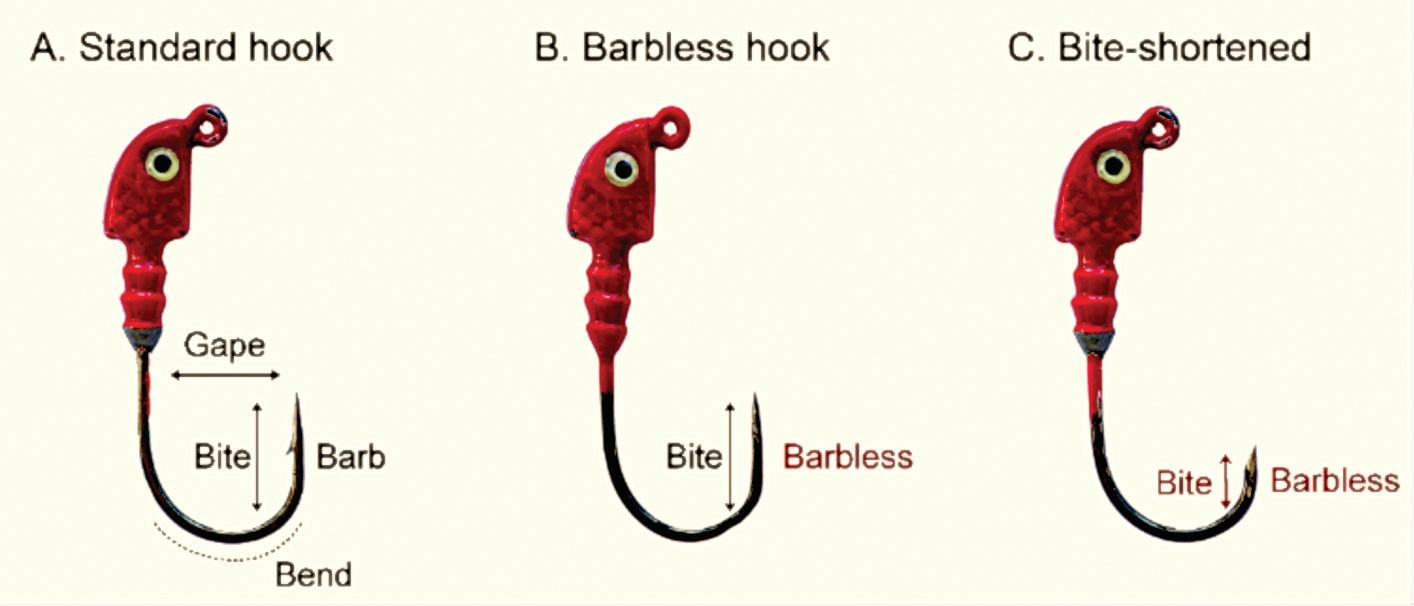


For a video of this hook modi cation, see https://youtu.be/VC23oNikyc8


Every year in Basel, Switzerland, the world’s best-known luxury watchmakers gather to display their new timepieces. It’s a great event for spotting timepieces that standout–– in performance and in personality. We saw one impossible to ignore: a precision dive watch with an arresting green dial. But we also saw the five-figure price tag and knew we could bring our customers that exact same precision and stand out appeal for a whole lot less. The Stauer Evergreen Diver is that timepiece.
Built like a submersible battleship with a stainless steel case, caseback, and band, the Evergreen Diver is water-resistant down to 660 feet or 20 atmospheres, a feat facilitated by a hardened crystal and screw-down crown.
Green On Your Wrist AND In Your Pocket. You could pay an awful lot elsewhere for this verdant virtuoso, but the majority of the cost is in the big designer name upcharge. We think those guys are all wet. This is how you own a top-of-the-line dive watch without helping pay for some marketing guy’s yacht.


Satisfaction Guaranteed or Your Money Back. Wear the Evergreen Diver for 30 days. If you’re not completely happy, send it back for





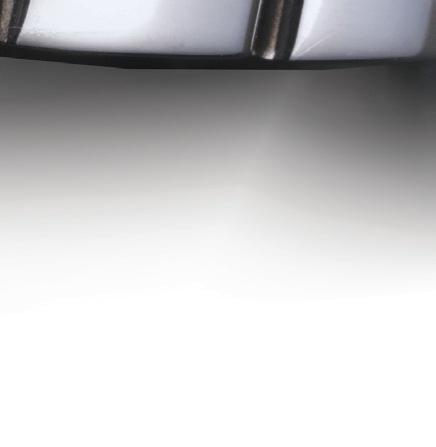

Amonster gold sh aptly named “Carrot” has been making the rounds on social media recently a er the sh was caught from a trophy carp lake in Champagne, France. UK angler Andy Hackett caught the nearly 70-pound bright orange sh from Bluewater Lakes, a heavily managed, privately owned pay-to-play shery that boasts of carp weighing heavier than 90 pounds.

Carrot seems to be somewhat of pet, but not the type you’d keep in a sh bowl. She is a crossbreed between leather carp and koi, and was stocked in the lake 15 years ago to give anglers an interesting sh to pursue.
“I always knew e Carrot was in there but never thought I would catch it,” said Hackett. It took him 25 minutes to reel in pot-bellied carp, which o cially weighed an astounding 67.4 pounds.
Carp caught at Bluewater Lakes are handled very carefully with a strict catch-and-release policy.

For more record sh, visit coastalanglermag.com.


Some cold but very fun shing days are ahead, and a Trapstyle bait is my absolute favorite way to sh this time of year. Typically sh group up in winter, and whether that be bait sh or bass, there are opportunities that make lipless crankbaits absolutely deadly!
rowing a lipless crank around areas where sh are chasing bait or where they are grouped up has caught lots of bass and some big ones. Even casting this bait as a search bait can work wonders. ere are so many options for lipless cranks that it can get confusing. I’ve experimented plenty, so I hope this article helps.
Traps range from ¼ oz. up to 1 oz. in weight, and every size can be used di erently. I pick sizes depending on the depth I’m shing or the depth of the structure, and I also consider the natural bait that is prevalent in the area. If you’re shing shallow or around tiny bait sh, a ¼-oz. size will be the best bet. A ½-oz. is usually my goto. It’s great for the mid-range depths of 5 to 10 feet, and it imitates a range of bait sh sizes.
A ¾-oz. is a bit bigger, and I don’t throw it as much, but it certainly has its place in 10 to 20-foot depths.


Remember, you can always vary your retrieve to get these baits higher or lower in the water column.
Color is another key factor. Ninety percent of the time, I sh a bait sh color. Whether it’s a shad, shiner or bluegill pattern, natural colors always work for me. I also throw orange or red a lot in winter. ese colors imitate craw sh, and they work where craw sh are prevalent. Match your bait color to the forage in the lake.
e last factor for lipless baits is sound related. ey come in silent, multi-rattle or single-knocker versions. I go silent for very clear water and heavily pressured sh, when appearing natural is important. e multi-rattle baits make a lot of noise, and the commotion draws strikes. My go-to, though, is the one-knocker style. is sound is unique and a little deeper pitched. I feel like sh, over the years, have become accustomed to the loud versions. I nd the single-knocker gets a few more bites in most situations.
With treble hooks, rod selection is important. You just reel into the sh when you get a bite, and this means your rod needs a solid backbone to drive those hooks and also a good amount of tip for keeping sh on during the ght. My go-to rod is a 13 Fishing Omen Black 7’4 Medium Heavy Moderate. e 13 Fishing Concept A 7:5:1 is a perfect reel for this application. I sh 15- to 20-lb. Seaguar Invizx line, depending on the structure I’m shing.
I hope these Trap tips help you put a few more sh in your boat this winter!






Tyler Woolcott is a professional tournament angler and guide. Check out his website at www.tylerwoolcott shing.com.





ANew Jersey angler eked out a new state record for albacore (long n) tuna in October when he boated a 78-pound, 2.4-ounce long n that bested the previous 1984 record by 3.4 ounces.
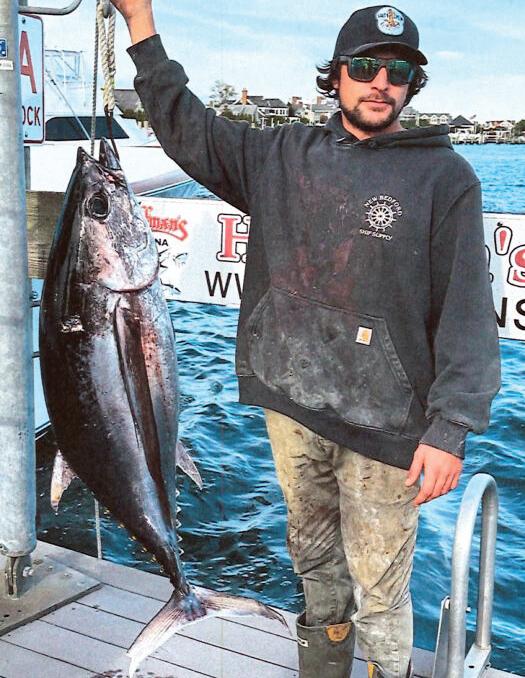
Matthew Florio, of Brick, N.J., is a commercial scalloper and he was shing with the rest of his scalloping crew aboard the Luna Sea at the east elbow of Hudson Canyon, the largest known underwater canyon o the east coast of the U.S. ey were at least 75 miles o shore and chunking for yellow n tuna, which is a technique that involves cutting up a bunch of butter sh and throwing them overboard before following up with hooked chunks of butter sh. e crew was already having a good day with yellow ns when Matthew hooked into his big albacore. He battled it in with a Kevin Bogan 30 Stand Up rod and a Penn 30 reel loaded with 60-pound mono lament. e sh measured 48 and 3/8 inches long and had a girth of 37 inches. e previous record was a 77-pound, 15-ounce long n caught in 1984 by Dr. S. Scannapiego in Spencer Canyon.
For more record sh, see coastalanglermag.com.


Now that Jack Frost has bay temperatures thoroughly chilled, only diehard lure chuckers will be found stalking the ats. Most of us have one thing in mind this time of year, catching a trophy trout. Here is how I approach my quest for that dirty 30-incher.
When water temperature stabilizes in the COLD range, all the migratory forage ees for warmer pastures. e bays are le with larger mullet as the primary food source for prized speckled trout. is is the time of year that I pull out my larger lures. is could be a longer length, a wider pro le, or both. is doesn’t have to be a 12-inch lure that is no fun to cast all day, but I do upsize from my typical 3- and 4-inch lures that I use most of the year. We have all seen a 25-inch trout with a 15-inch mullet in its belly, so they will eat something huge, but giant baits aren’t as fun to sh.

My con dence lures this time of the year are typically a 4-inch wide-pro le slow-sinking lure or a 5-inch bulky body paddletail. Since plastisol is buoyant, the bulky lure will have a slower sink rate, which I prefer under most conditions. e
slower sink allows for dual bene ts this time of year. Logically, the slower sink rate matches the slower mood of a cold sh. Also, I spend a lot of time targeting sh over shallow grass in knee-deep water. A slower sink rate keeps my lure in the strike zone longer before it disappears into the grass.
weedless hook. Depending on the conditions, I might go weightless or with a 1/16- or 1/8-ounce jighead. e weedless version keeps me out of the grass, it lessens the opportunity for my cold, less-dexterous hands to be impaled by a hook, and most of all, it does less damage to the trophy sh that I am targeting.
Areas I target will be near deeper water, have so er bottom, have visible forage, structure and hopefully be lowertra c areas. While planning trips, I take into consideration moon phase, current conditions and recent conditions when determining where to sh.
I have never caught a trophy trout by accident. I don’t know if that is lucky or unlucky, but every trout I have landed over 27 inches was on a day when I set out speci cally targeting larger sh. Case in point, if you want to catch trophy trout consistently, you must make the e ort to target them, sh where they live and be attentive to details. I know numerous anglers have caught large trout with no e ort, but most don’t catch two.


I t my 5-inch rattling paddletail with a

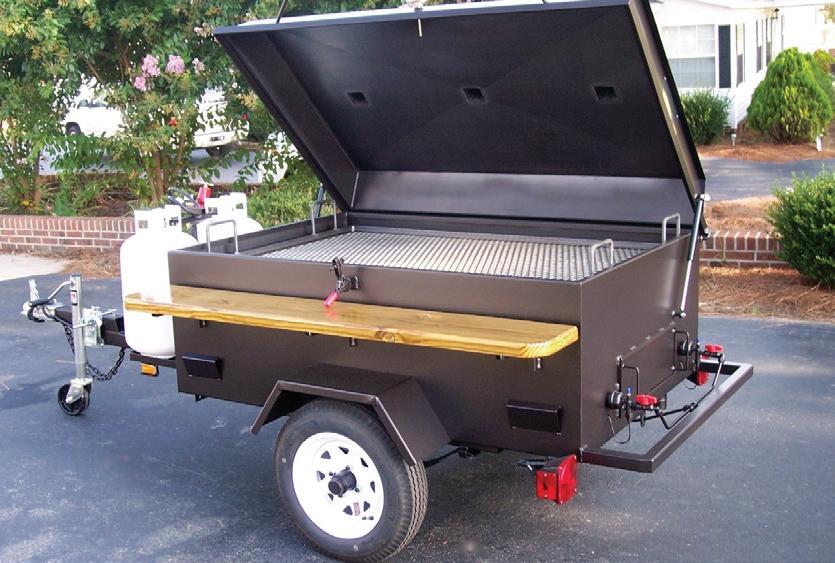
Capt. Michael Okruhlik is the inventor of Knockin Tail Lures®, and the owner of www.MyCoastOutdoors.com.





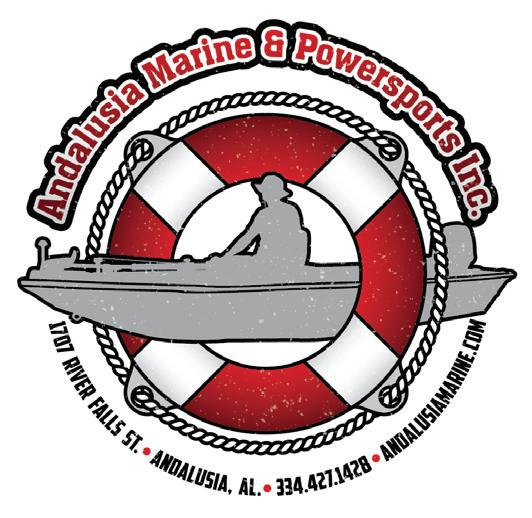




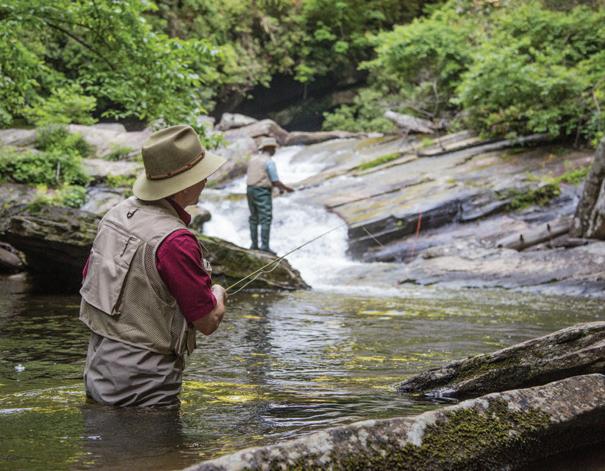



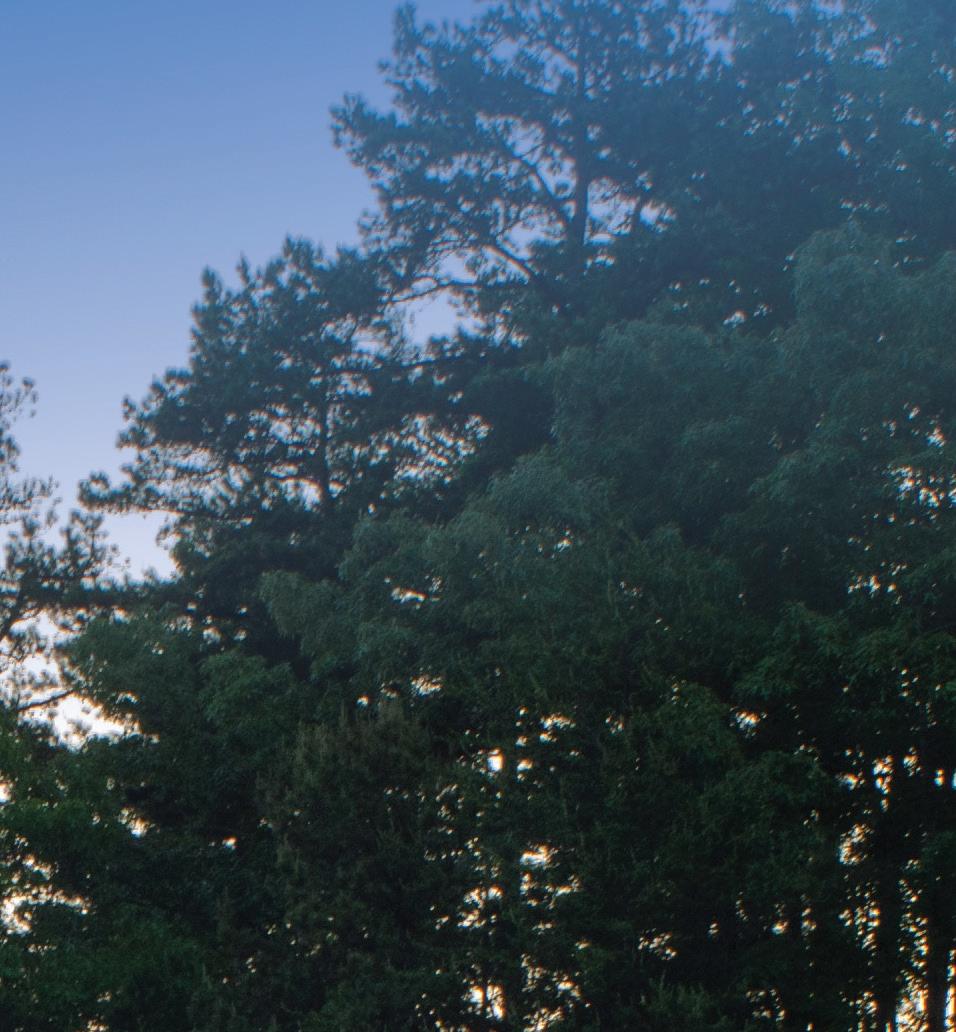

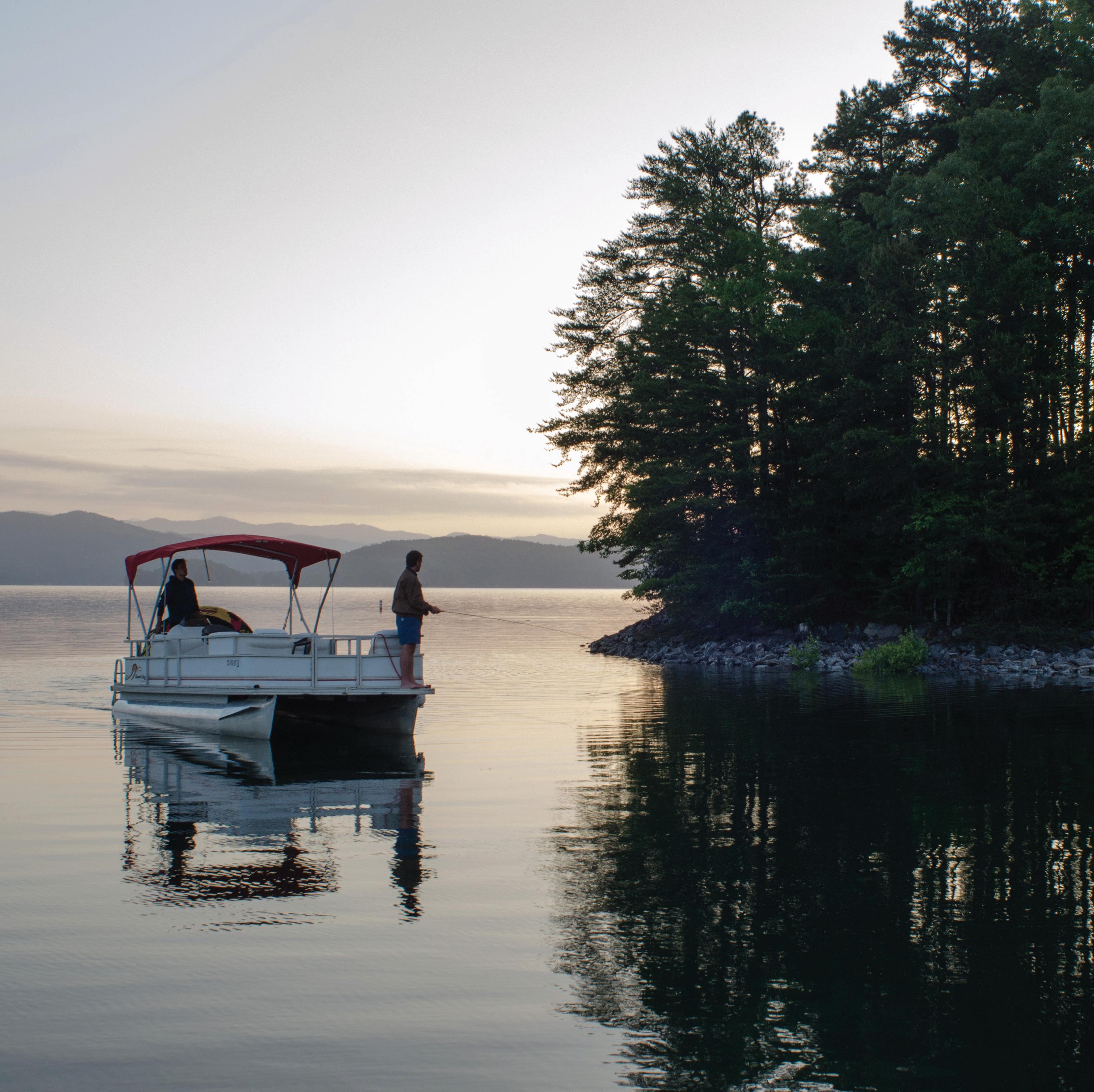
Every season is the best season to explore the many treasures in the Upcountry.

